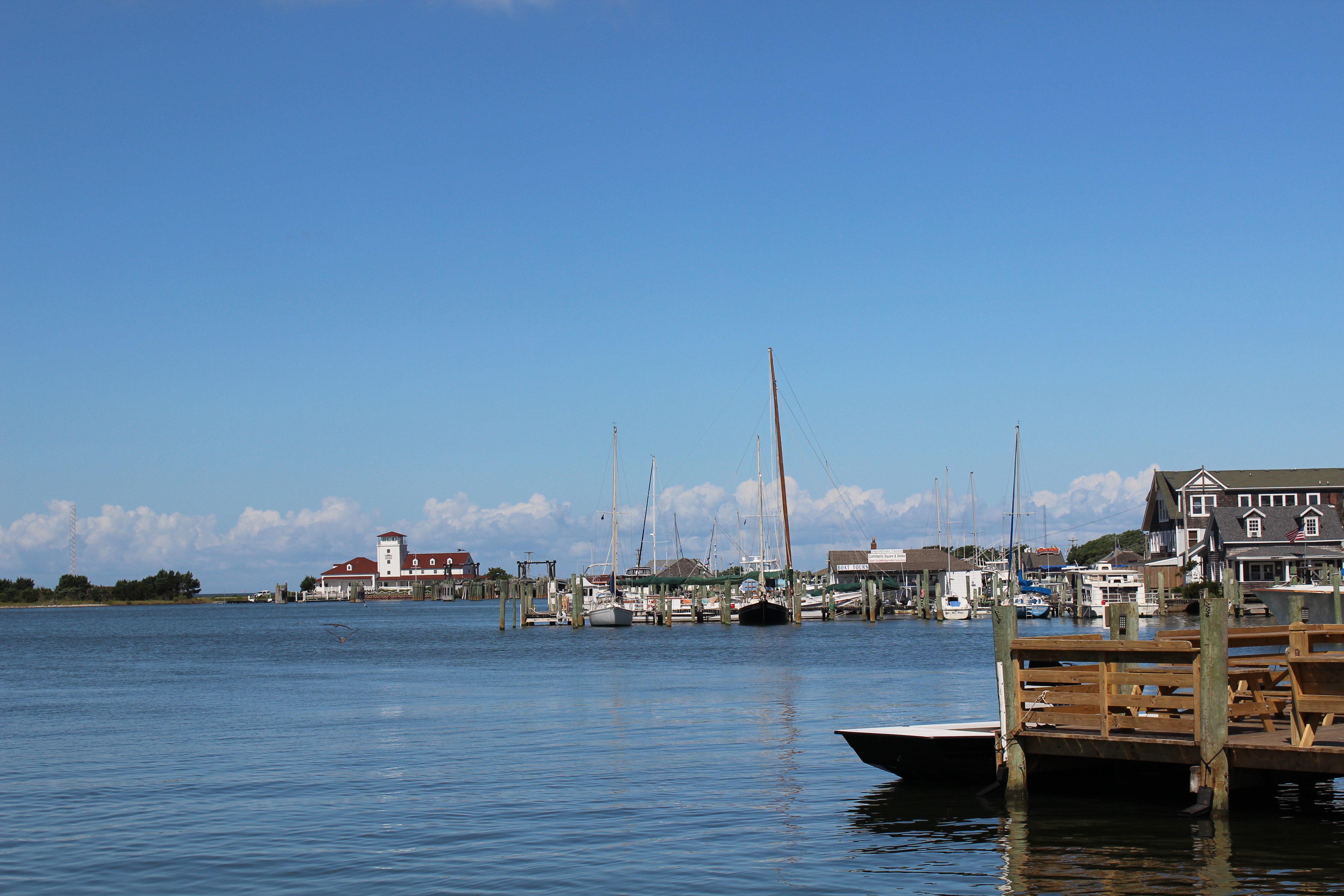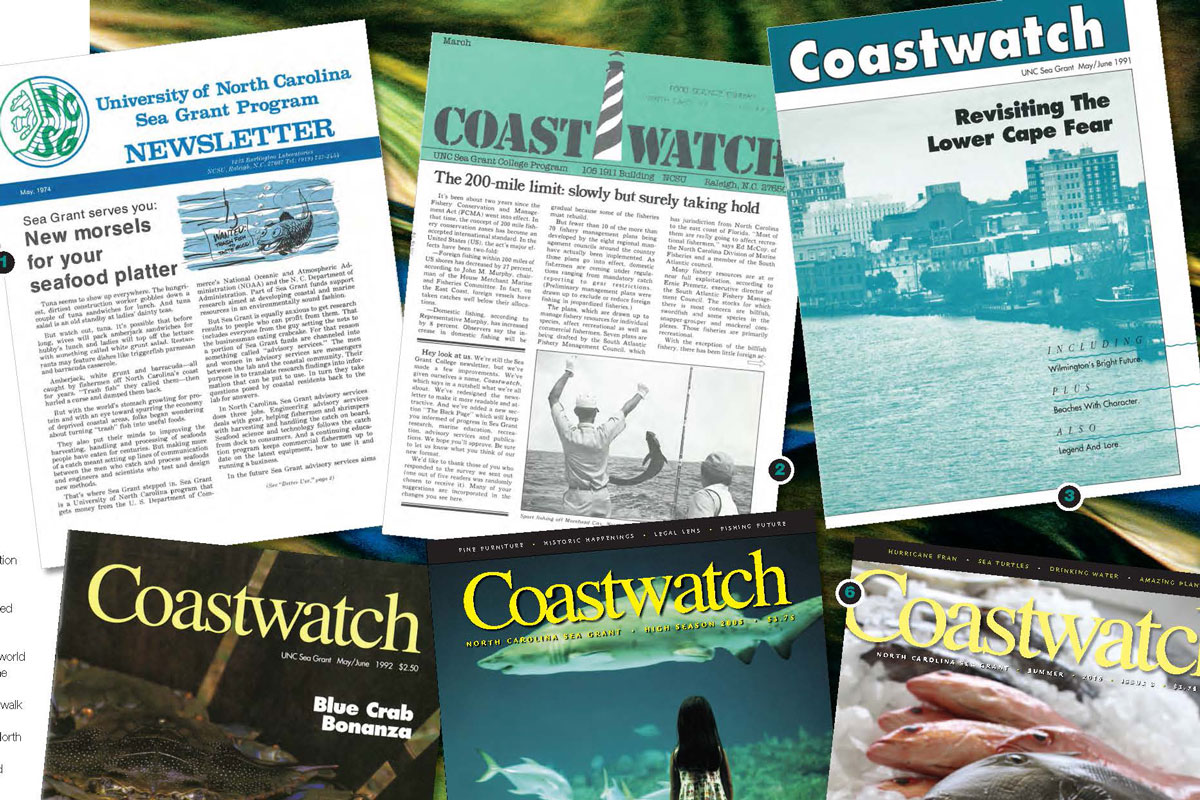
2017
A WALK ON THE PAGE: Looking Back on Four Decades of Coastwatch
In some form or another, Coastwatch has been in existence since 1974 — 43 years.
Read MoreMore From 2017
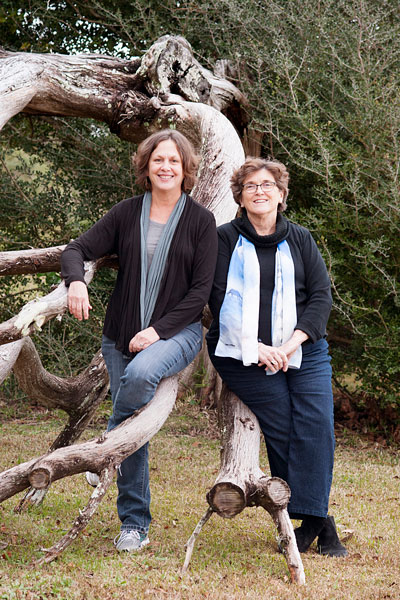
“IT’S BORN IN US”: A Conversation with Barbara Garrity-Blake and Karen Willis Amspacher

A MOMENT OUT OF THE SUN
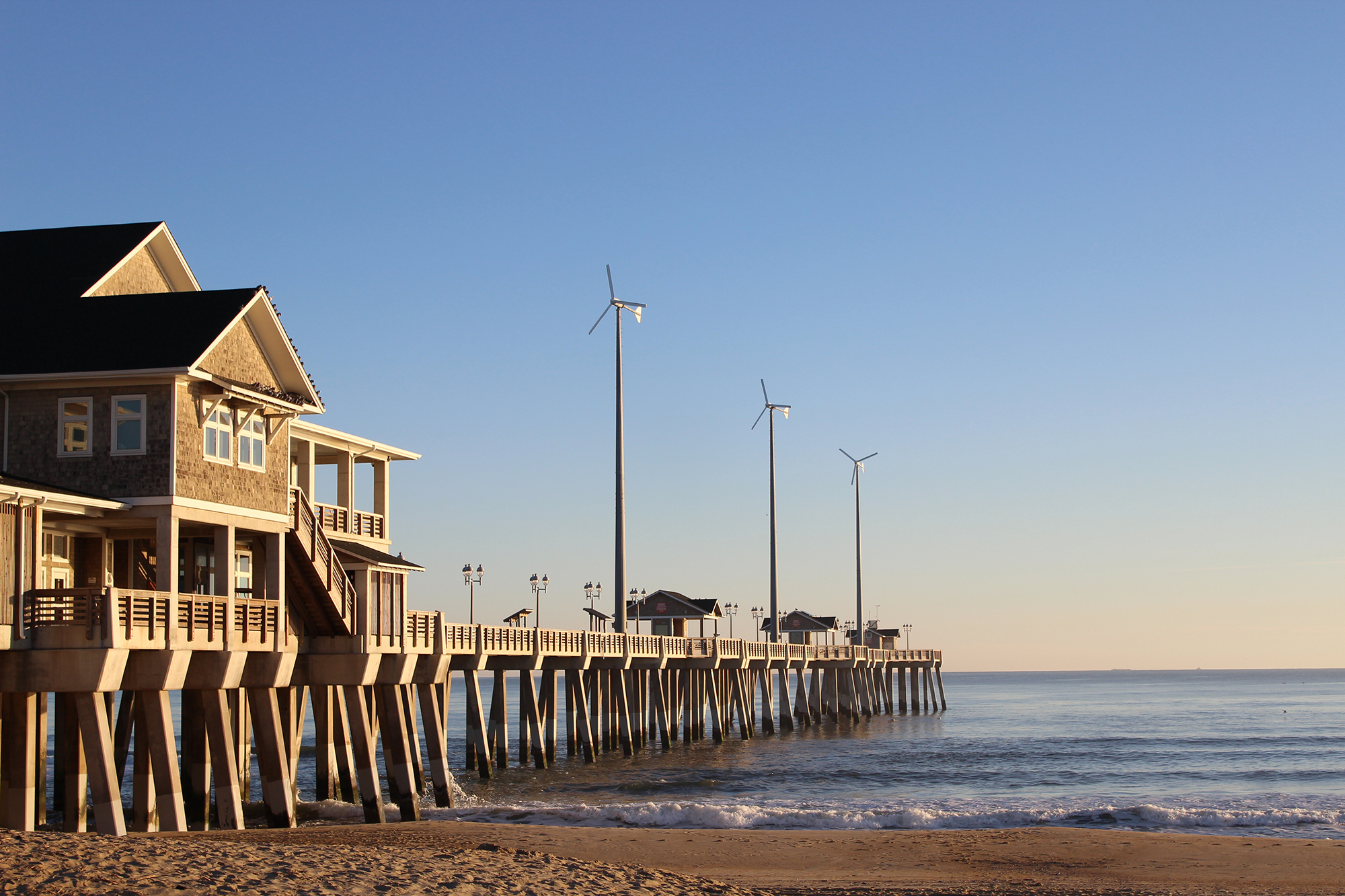
ACCESSIBLE COAST: Discover Innovative N.C. Tourism in ACCESS
ACCESSIBLE COAST: SCIENCE VIA VARIED SENSES
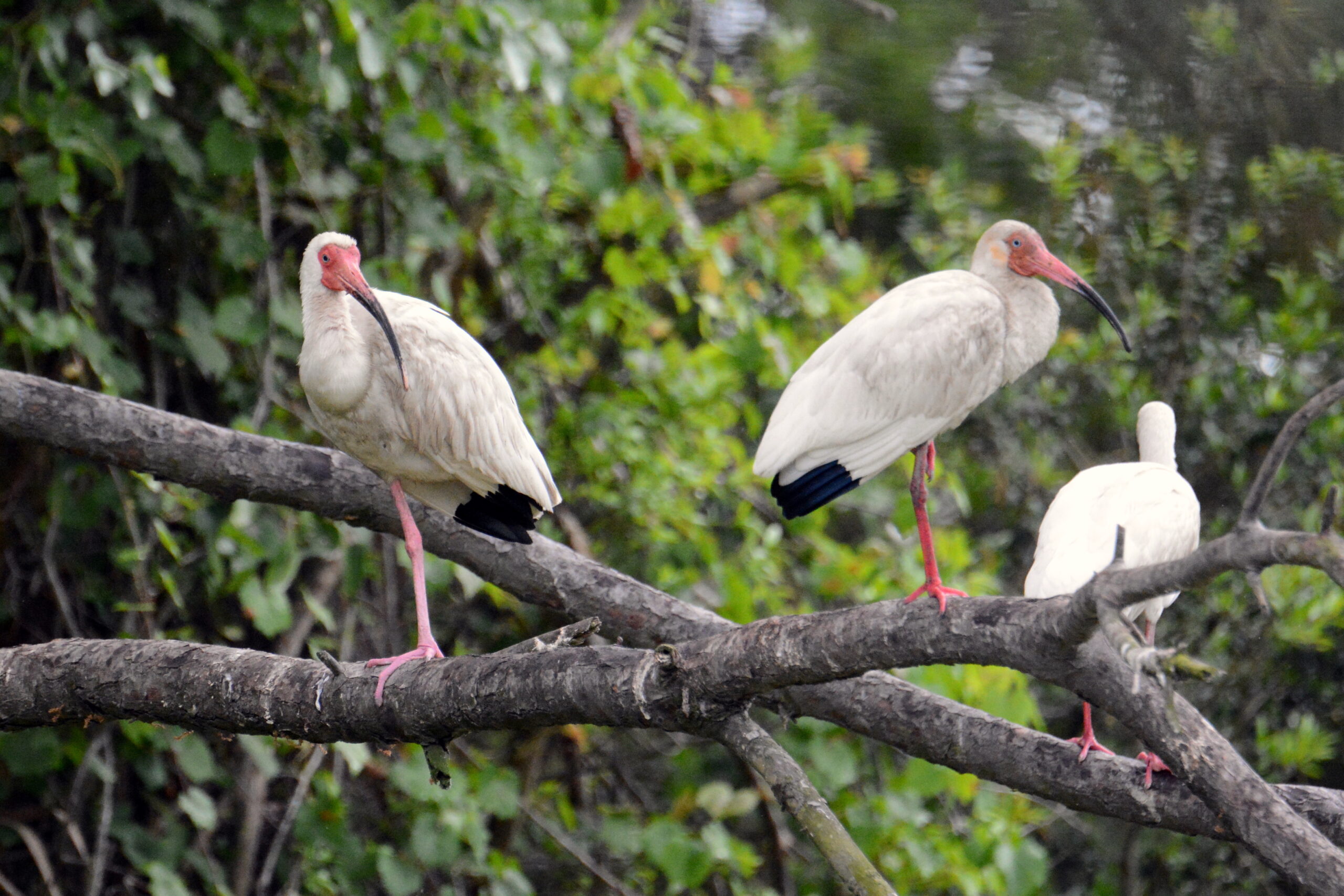
AMAZING COAST: Animal Societies
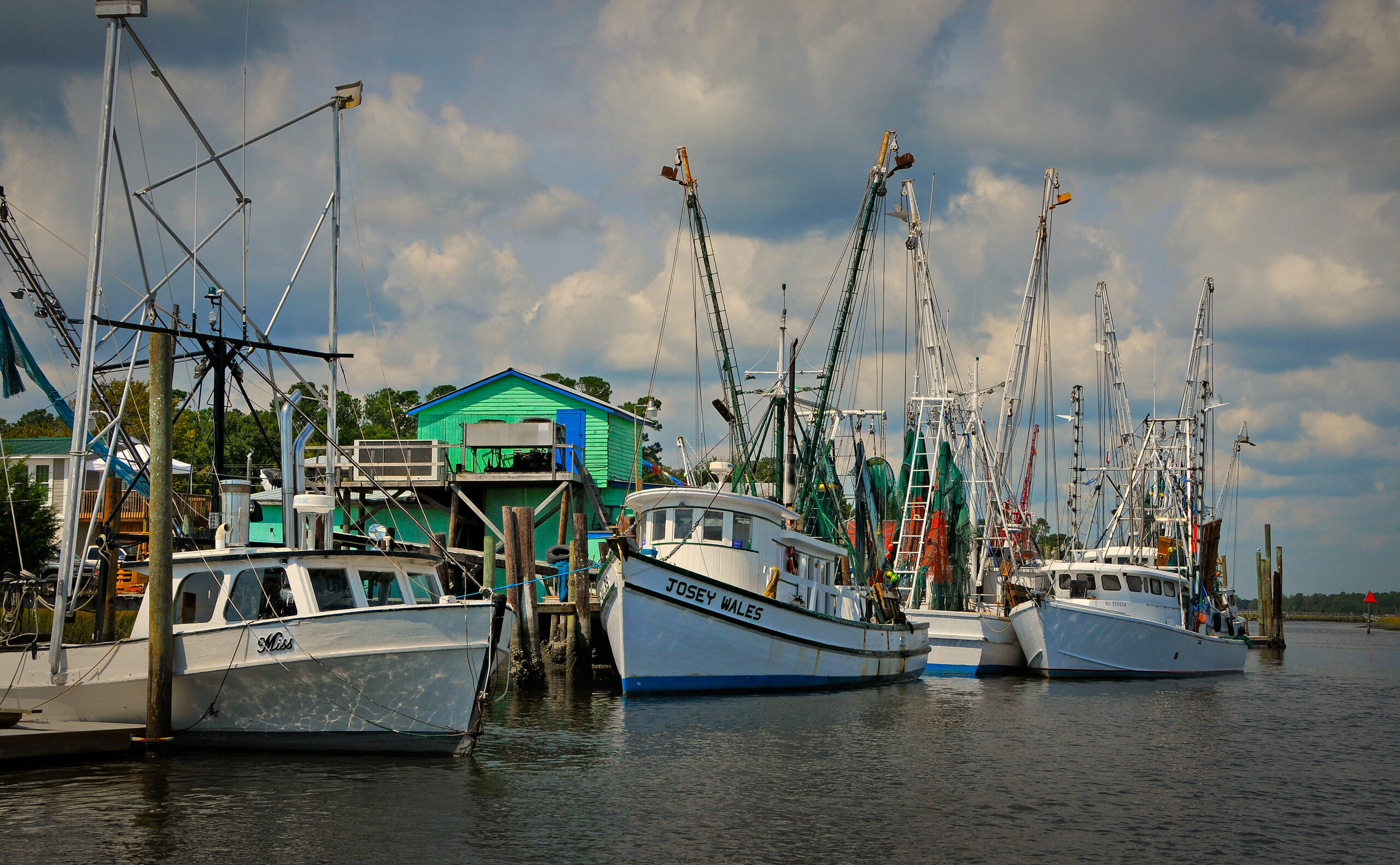
BUILDING A BLUE ECONOMY IN NORTH CAROLINA
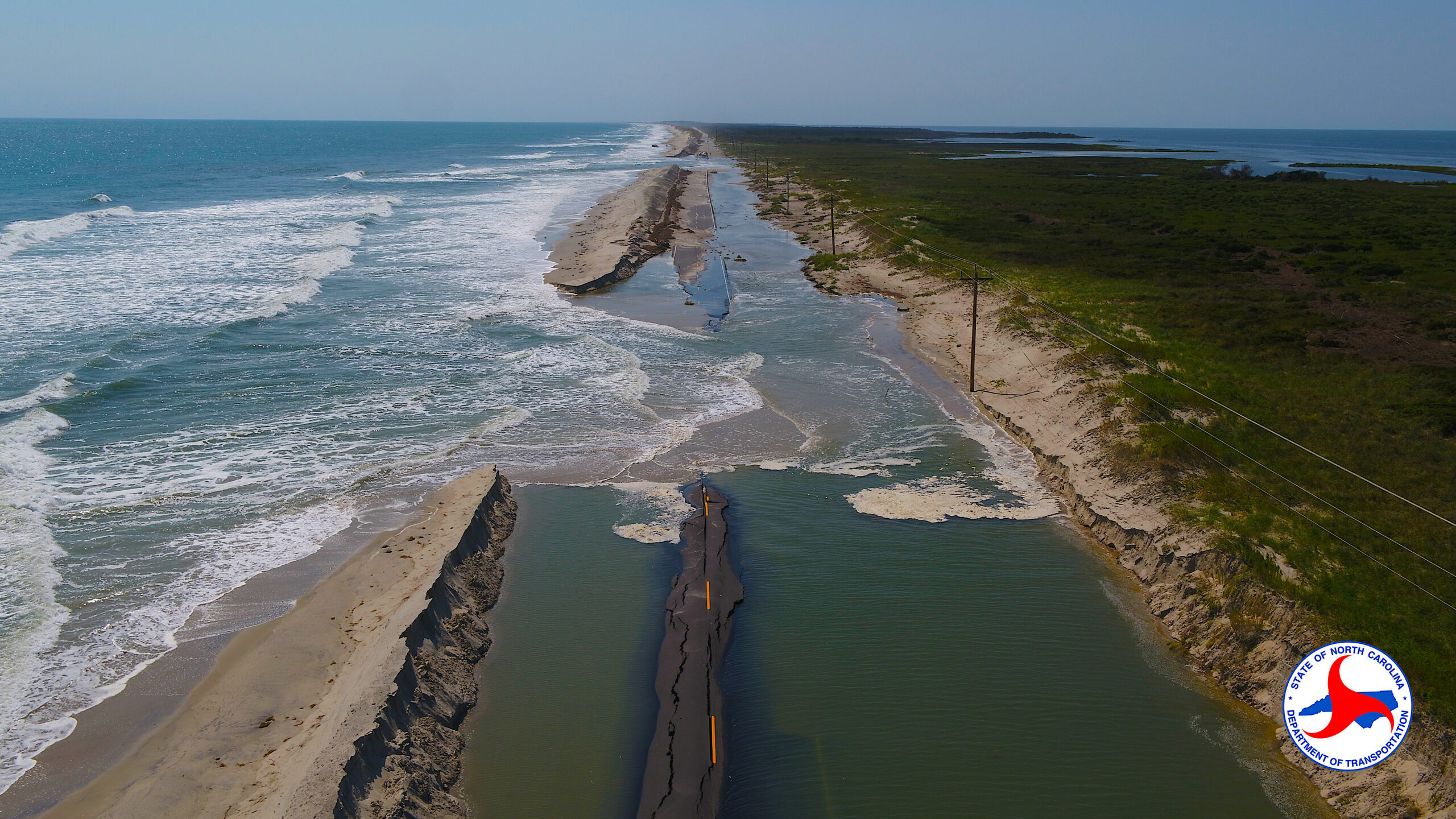
COLLABORATIVE RESEARCH ON THE OUTER BANKS
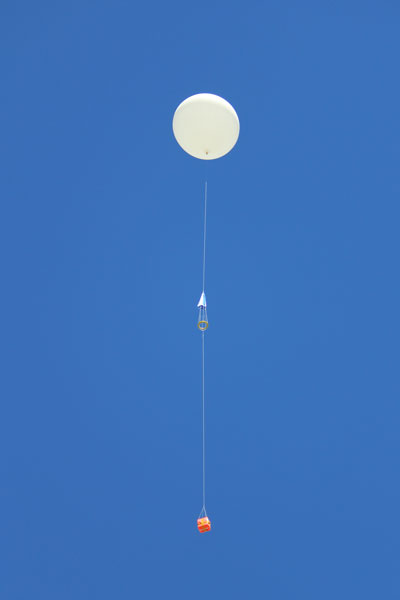
Community Colleges Compete in Ballooning Challenge
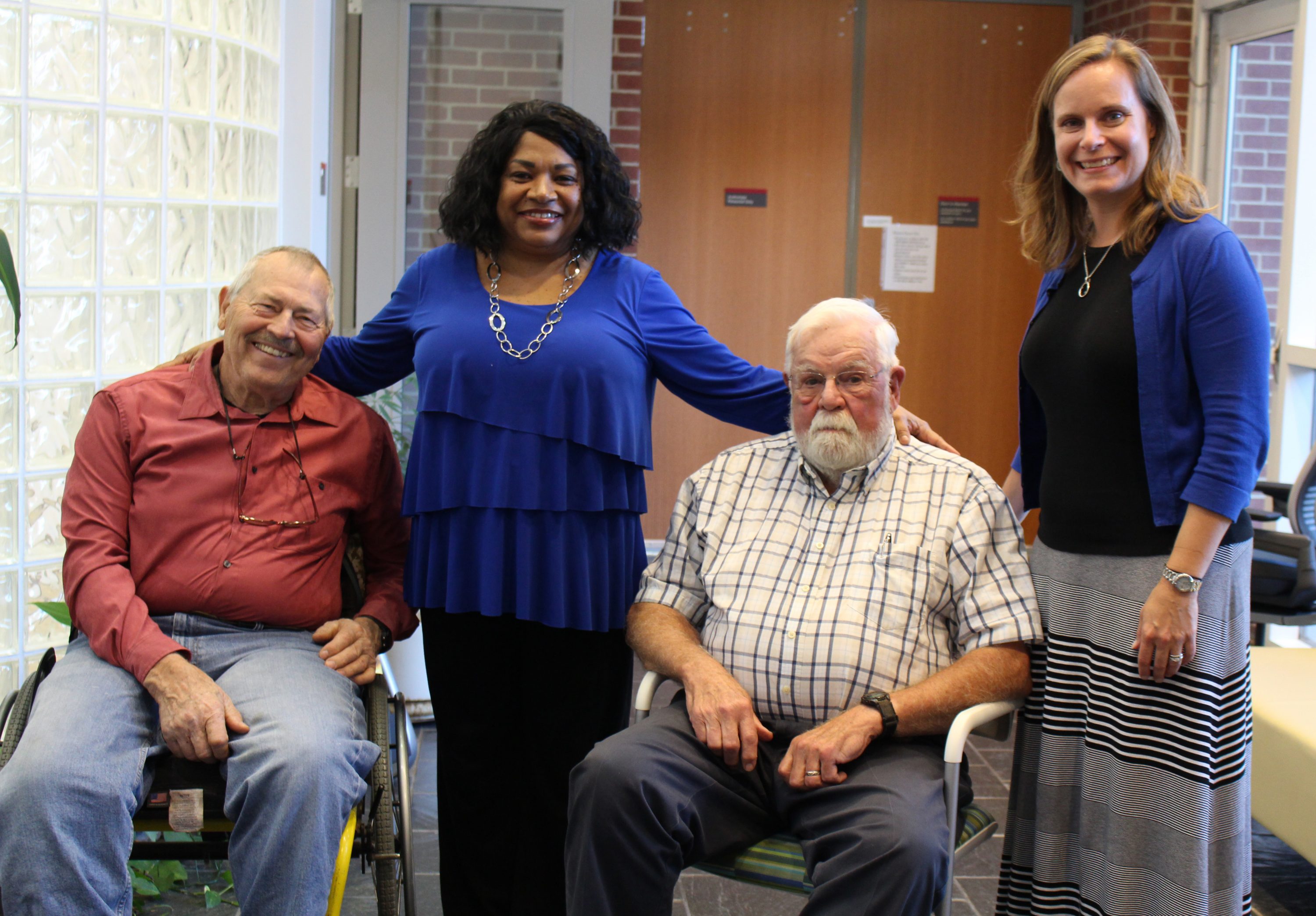
CURRENTS: Celebrating Two Colleagues
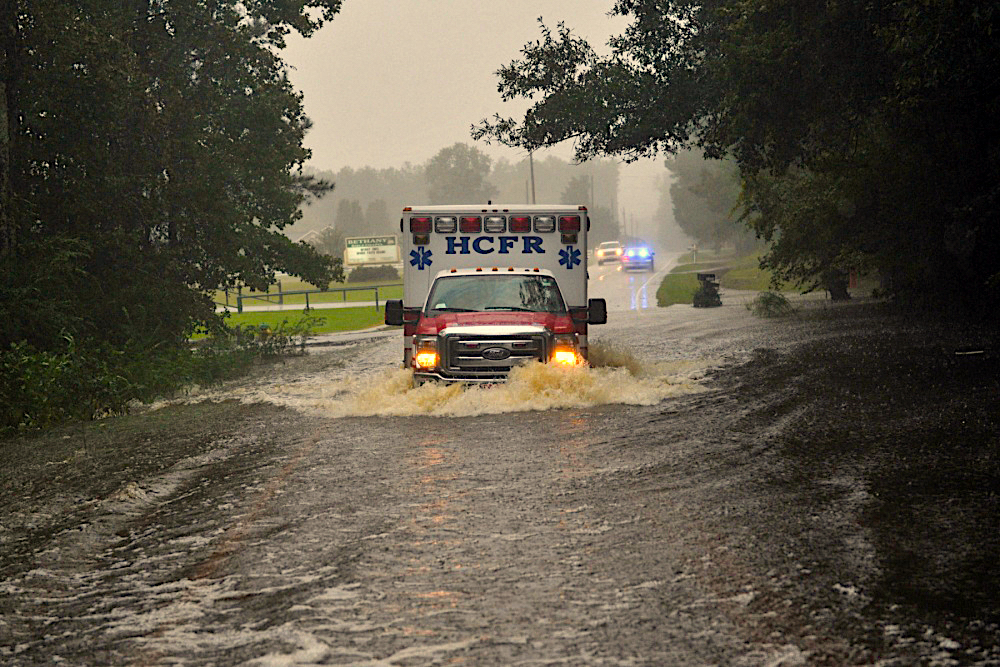
CURRENTS: Identifying Innovative Recovery Strategies
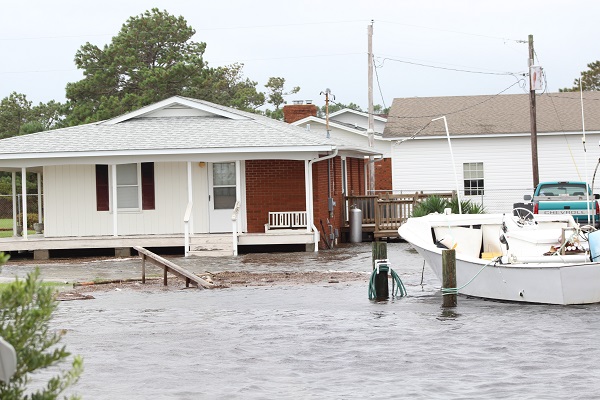
CURRENTS: Muddy Waters: Defining the 100-Year Flood
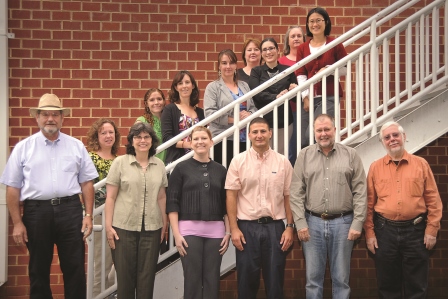
CURRENTS: WRRI Conference Brings Together More Than Research
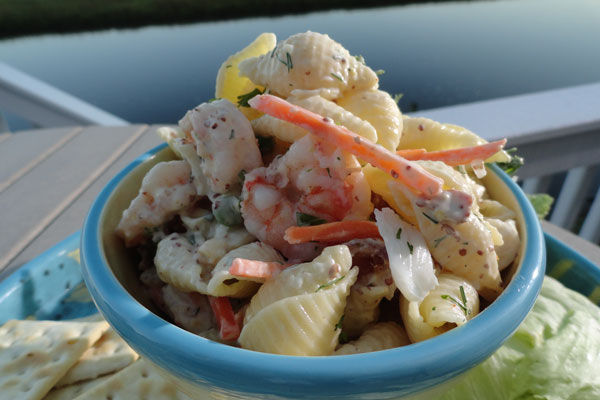
DEVELOPING NEW SEAFOOD PRODUCTS
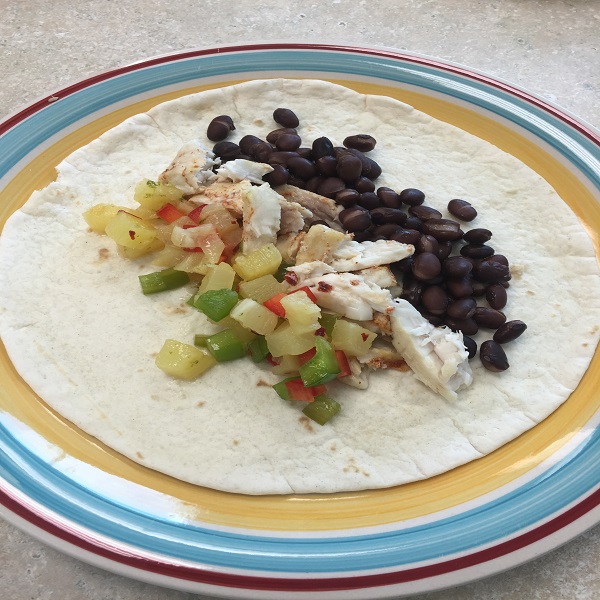
DEVELOPING RECIPES, NOURISHING THE COMMUNITY
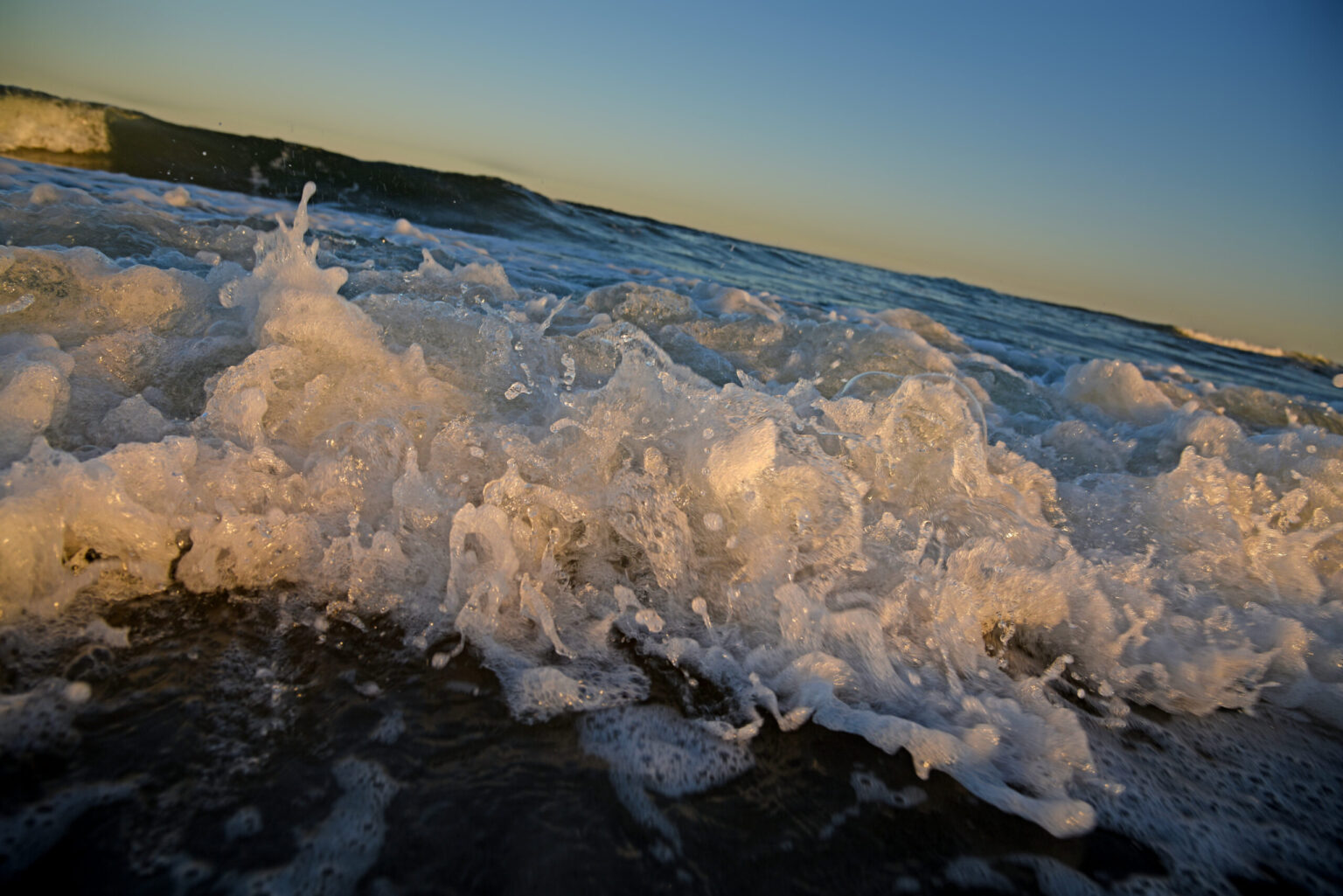
Everything You Always Wanted to Know about Sex in the Sea
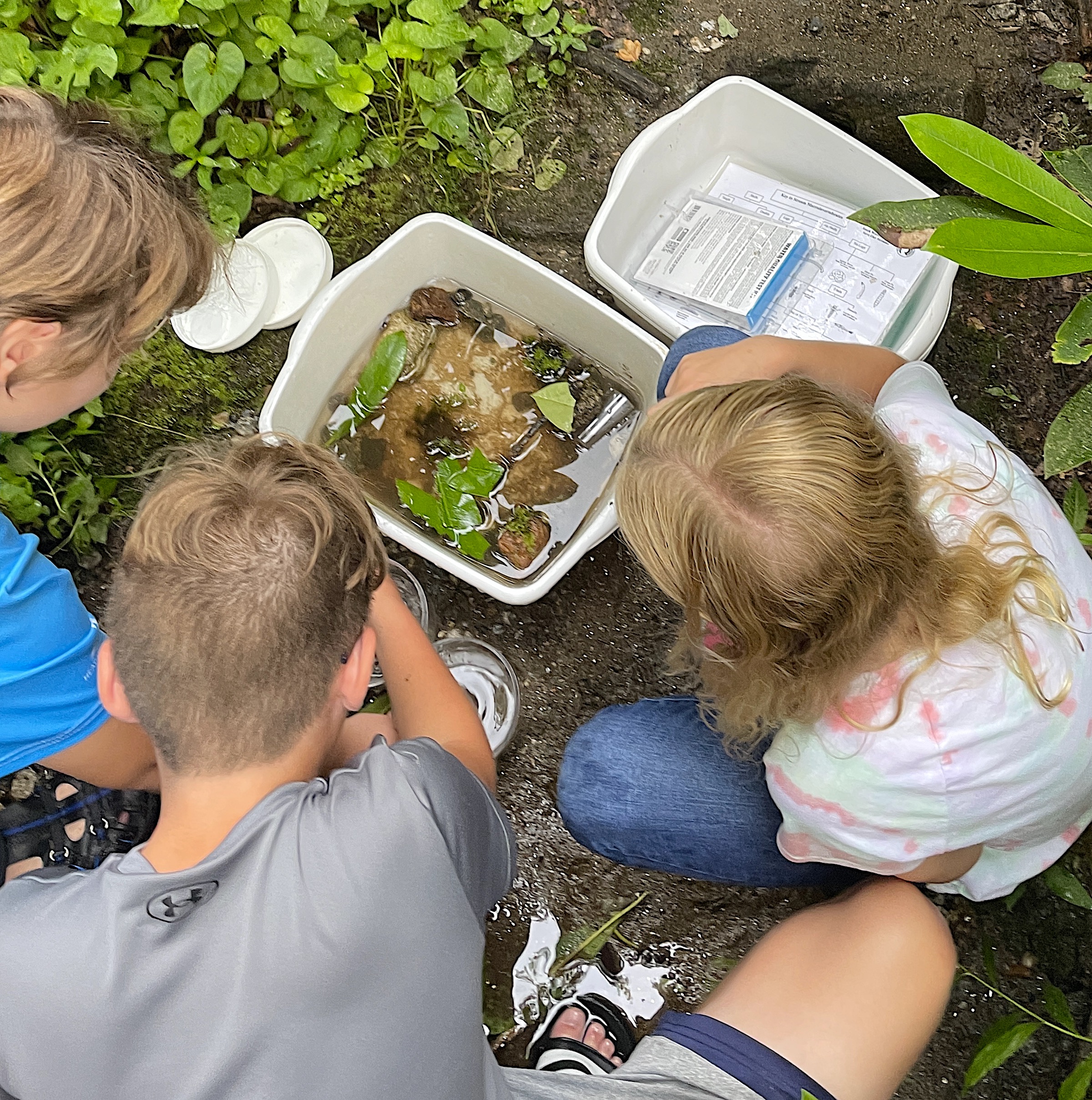
EXPANDING MARINE EDUCATION FROM SEA TO MOUNTAINS
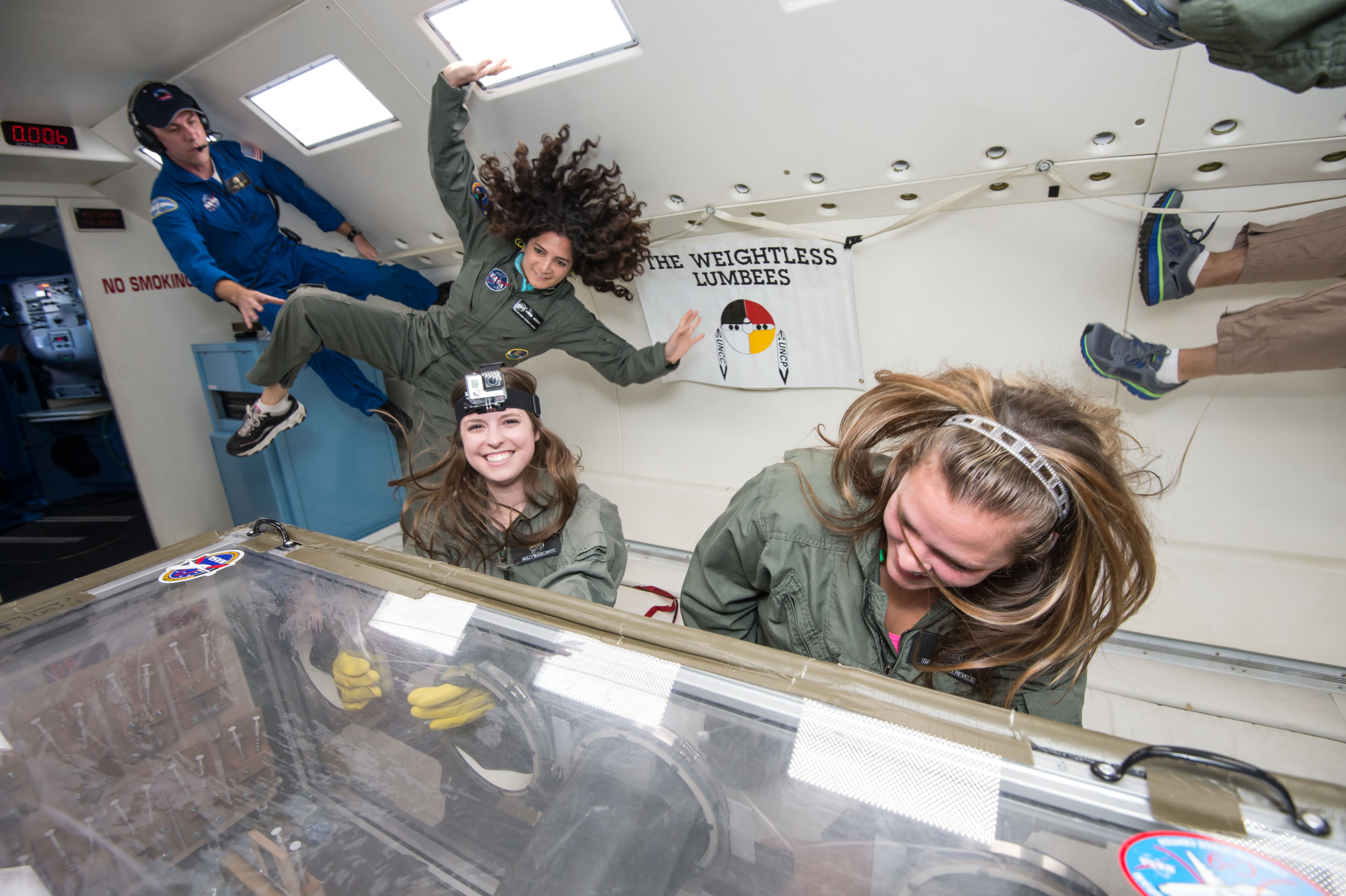
EXPLORING NEW HORIZONS: Space Grant is on the Move
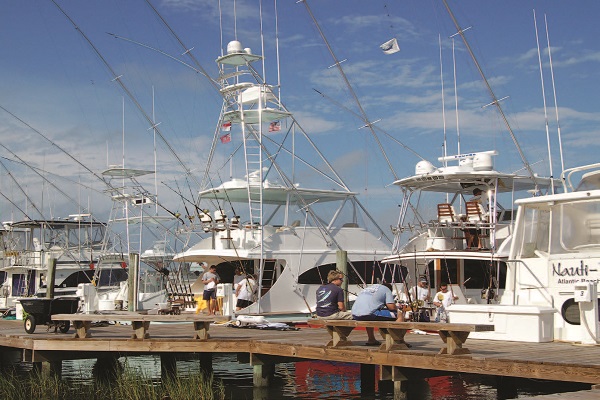
FISHING FOR FEEDBACK

Flying Up
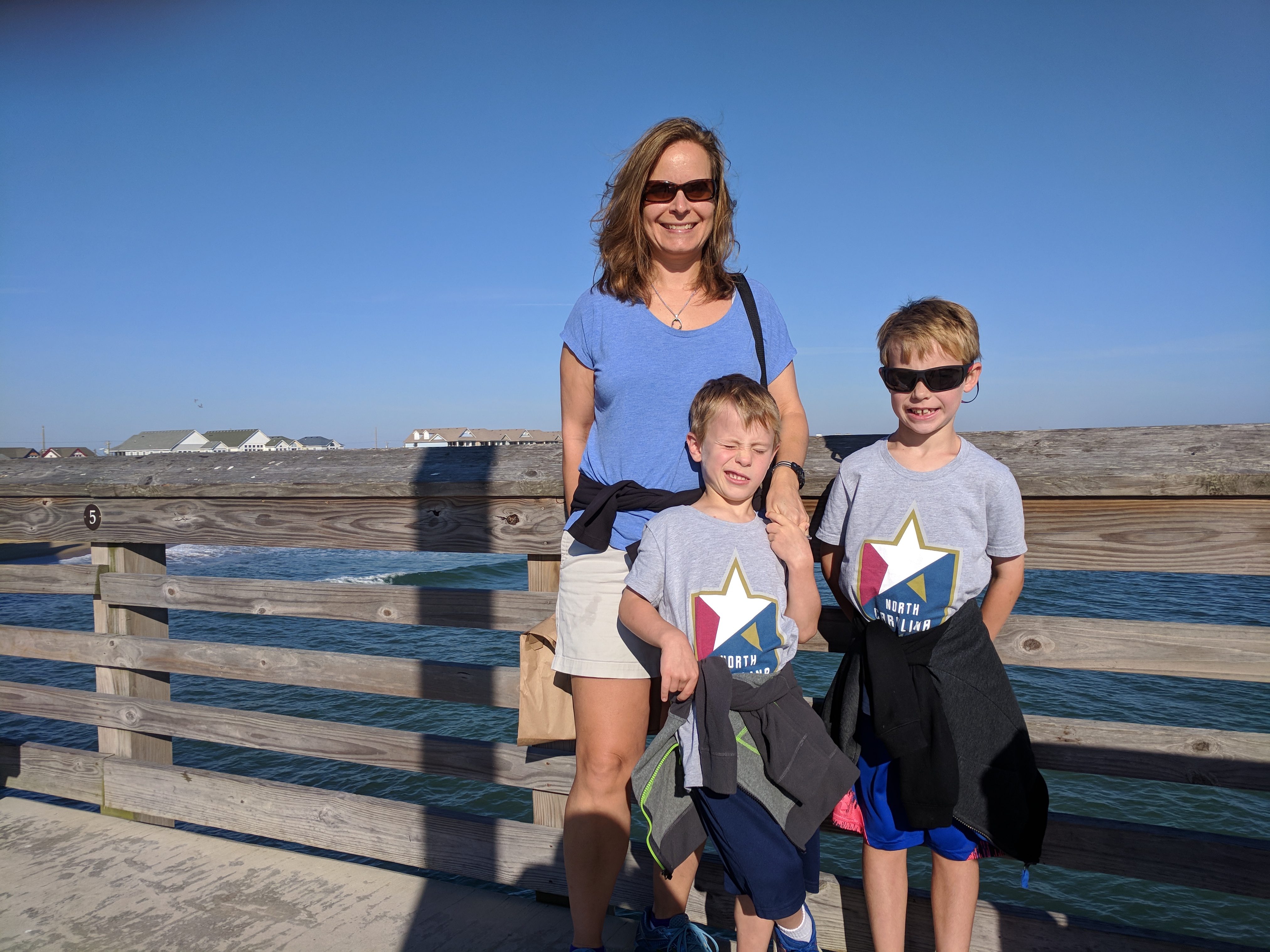
FROM THE EXECUTIVE DIRECTOR: A State of Thanks: Reflecting on Transformation and Renewal

FROM THE EXECUTIVE DIRECTOR: Convening Conversations on Coastal Challenges and Solutions

FROM THE EXECUTIVE DIRECTOR: Finding Home in People, Places
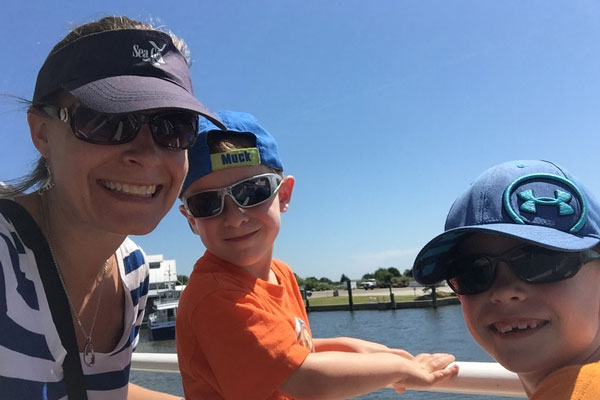
FROM THE EXECUTIVE DIRECTOR: Here Comes the Sun: Illuminating Summer Fun, Sea Grant Stories
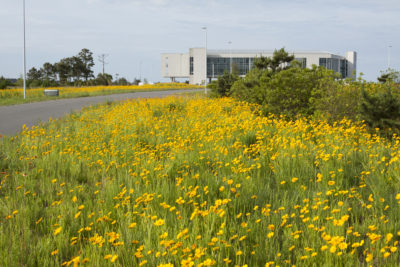
FROM THE EXECUTIVE DIRECTOR: Looking Forward To Spring: Research, Results and Renewal
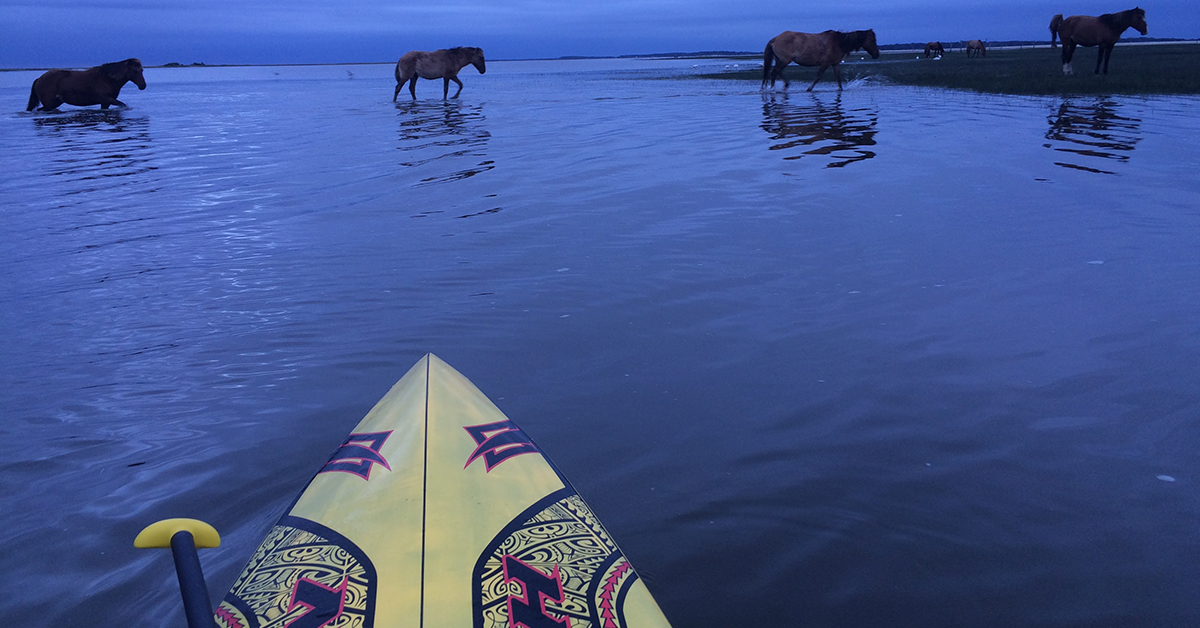
Gaining an Education on the Water: Appreciating the Forces of Nature
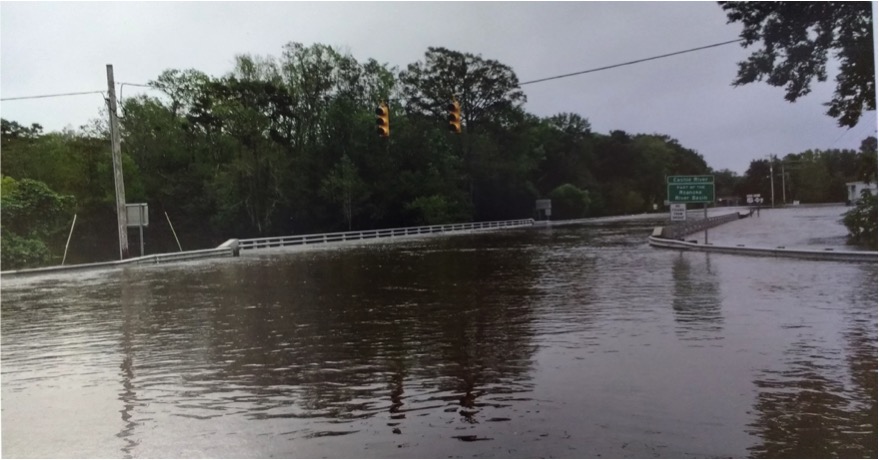
Going with the Flow: Evaluating Flood Mitigation of the Cashie River
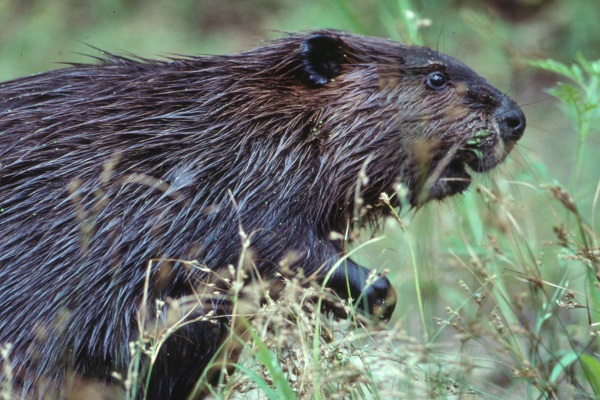
LEAVE IT TO BEAVER (DAMS)
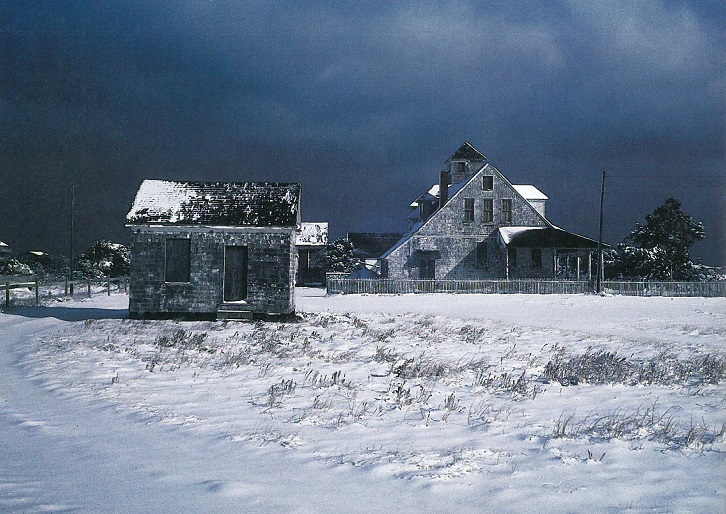
LAST WORD: RENEWAL
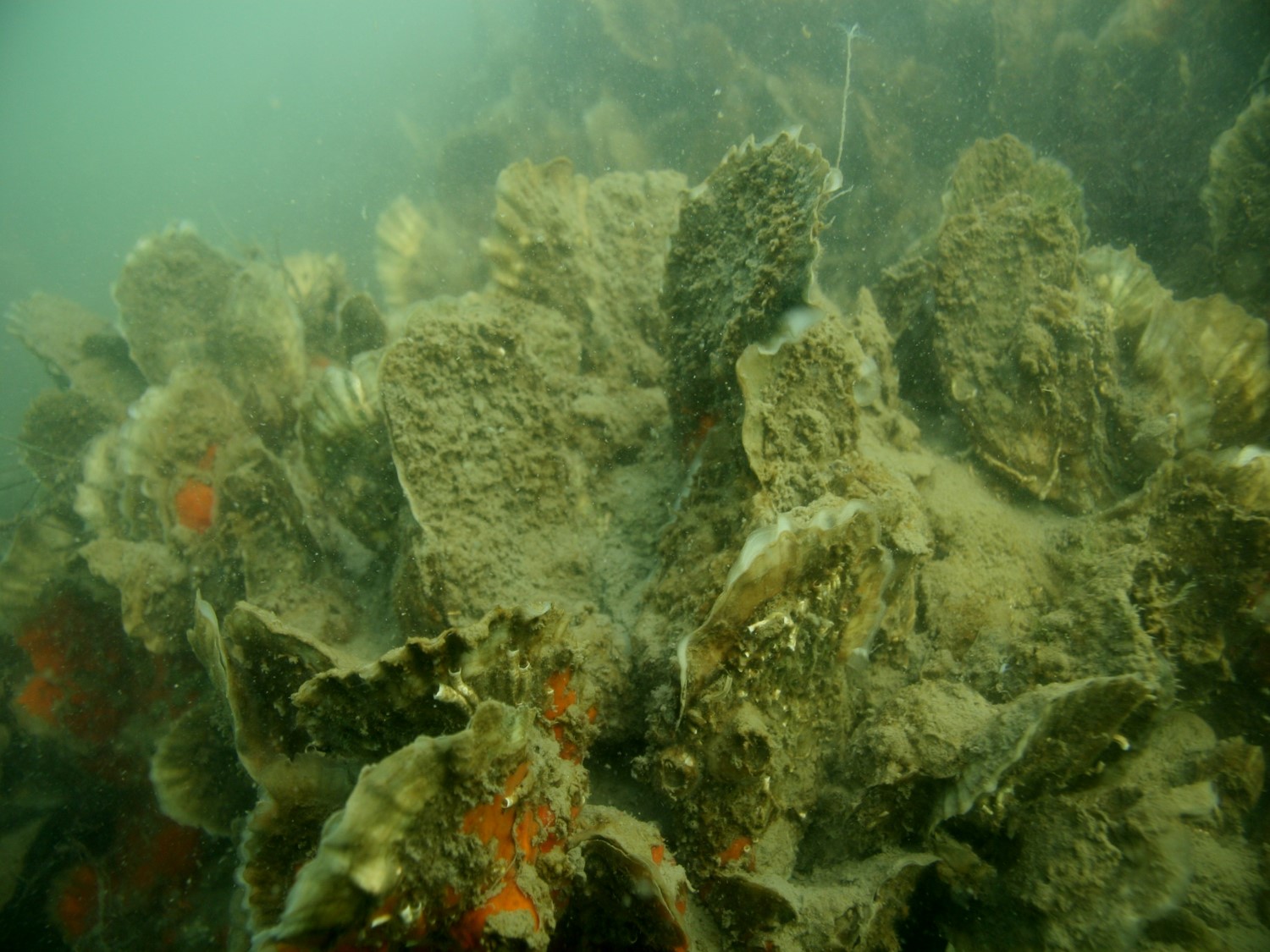
Making the Most of Oyster Reef Filtering

LINKING WATER, FLOODS AND PUBLIC HEALTH

MARINER’S MENU: Autumn Flavors That Bring Heat
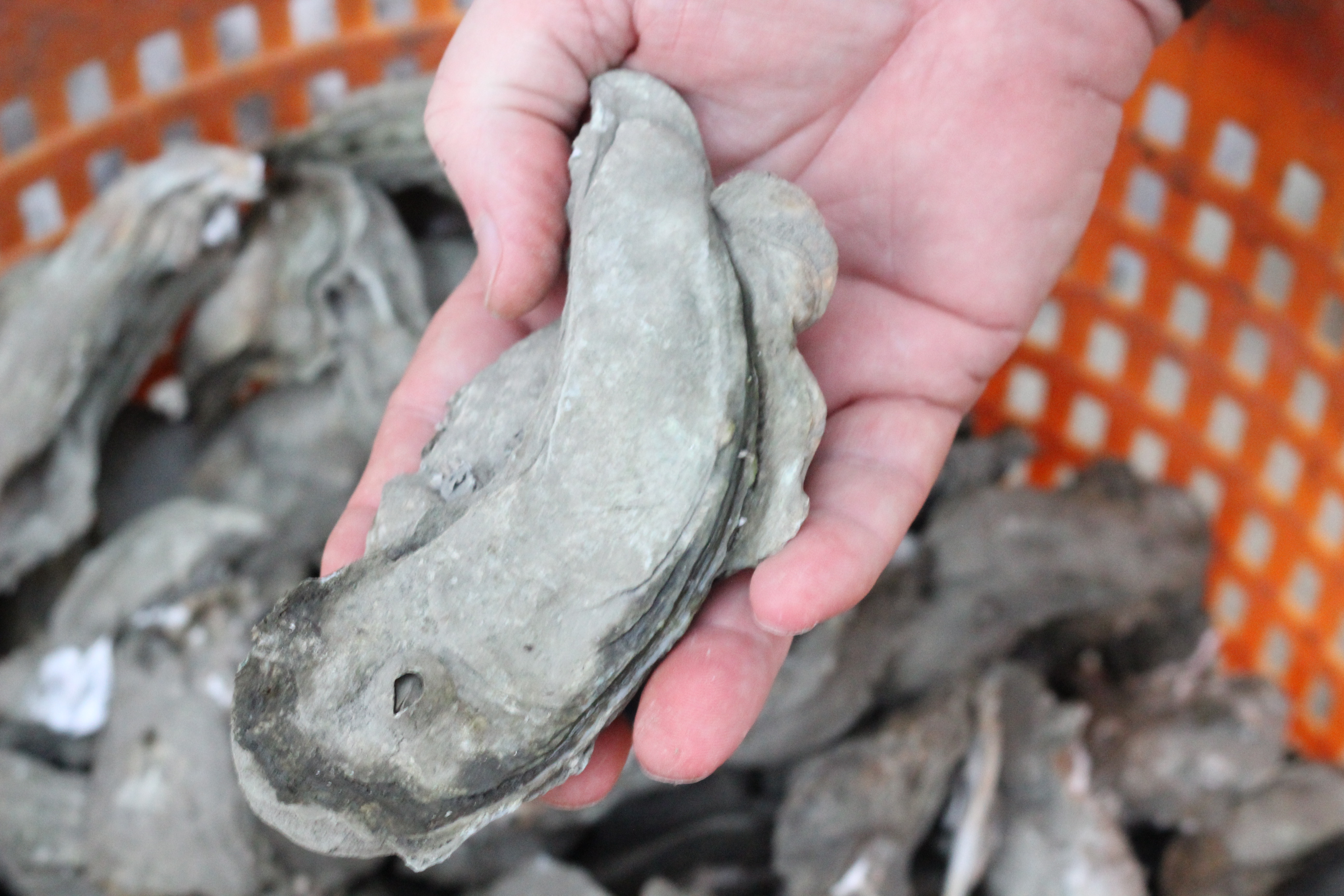
MARINER’S MENU: Falling for Oysters
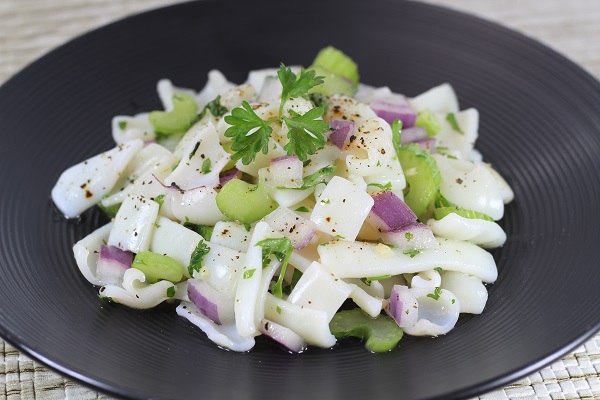
MARINER’S MENU: Tastes from the Past Worth Repeating
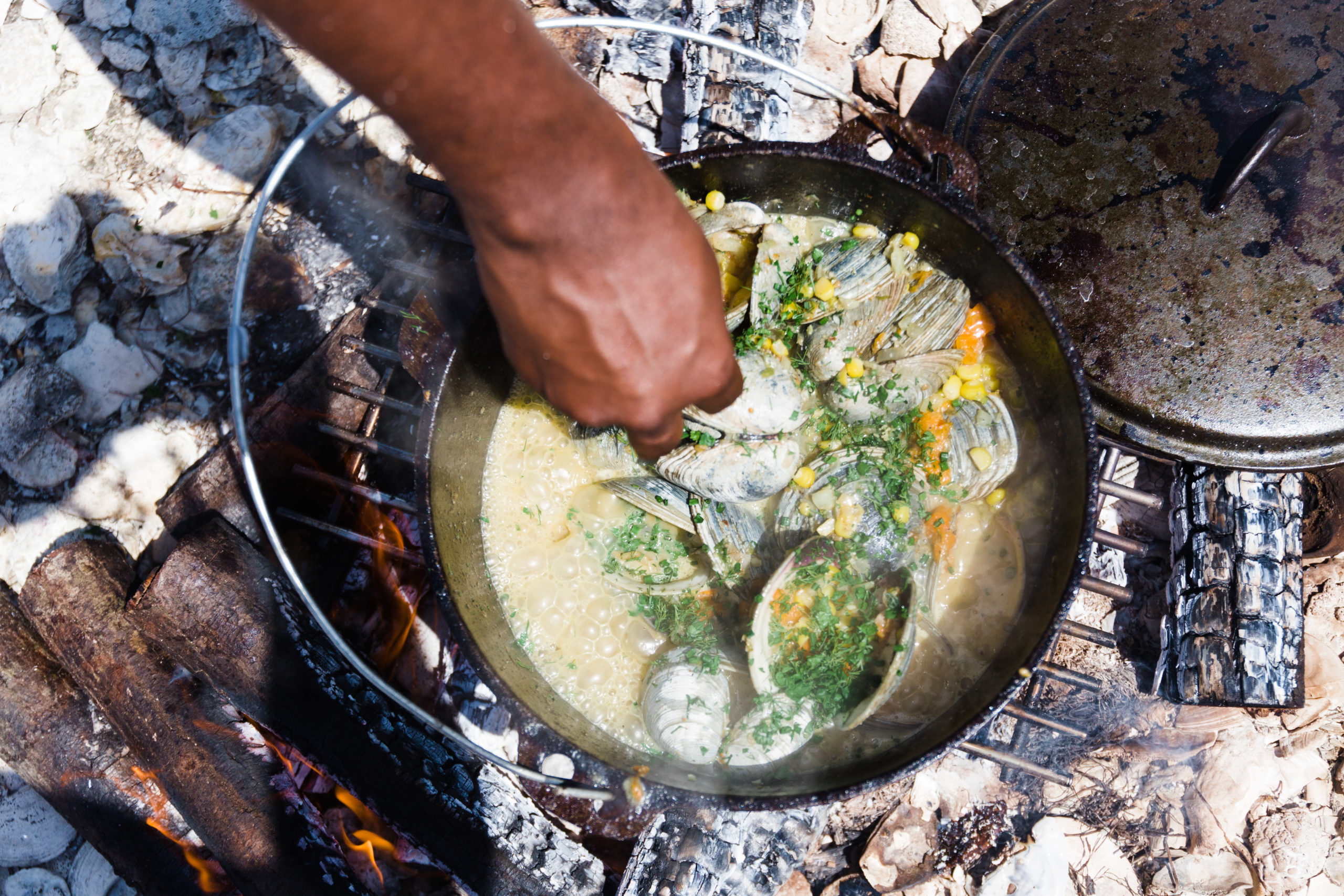
MARINER’S MENU: As American as Southern Seafood
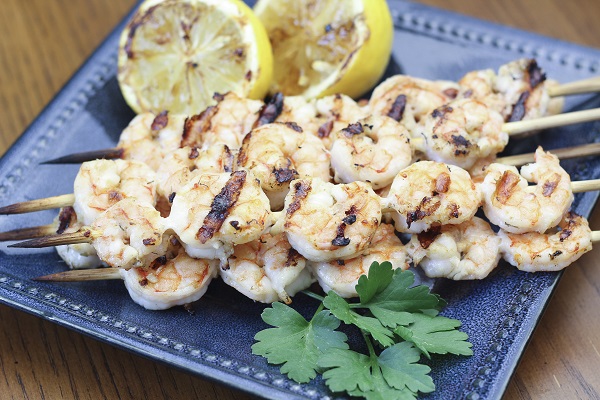
MARINER’S MENU: Where There’s Smoke, There’s Grilled Seafood
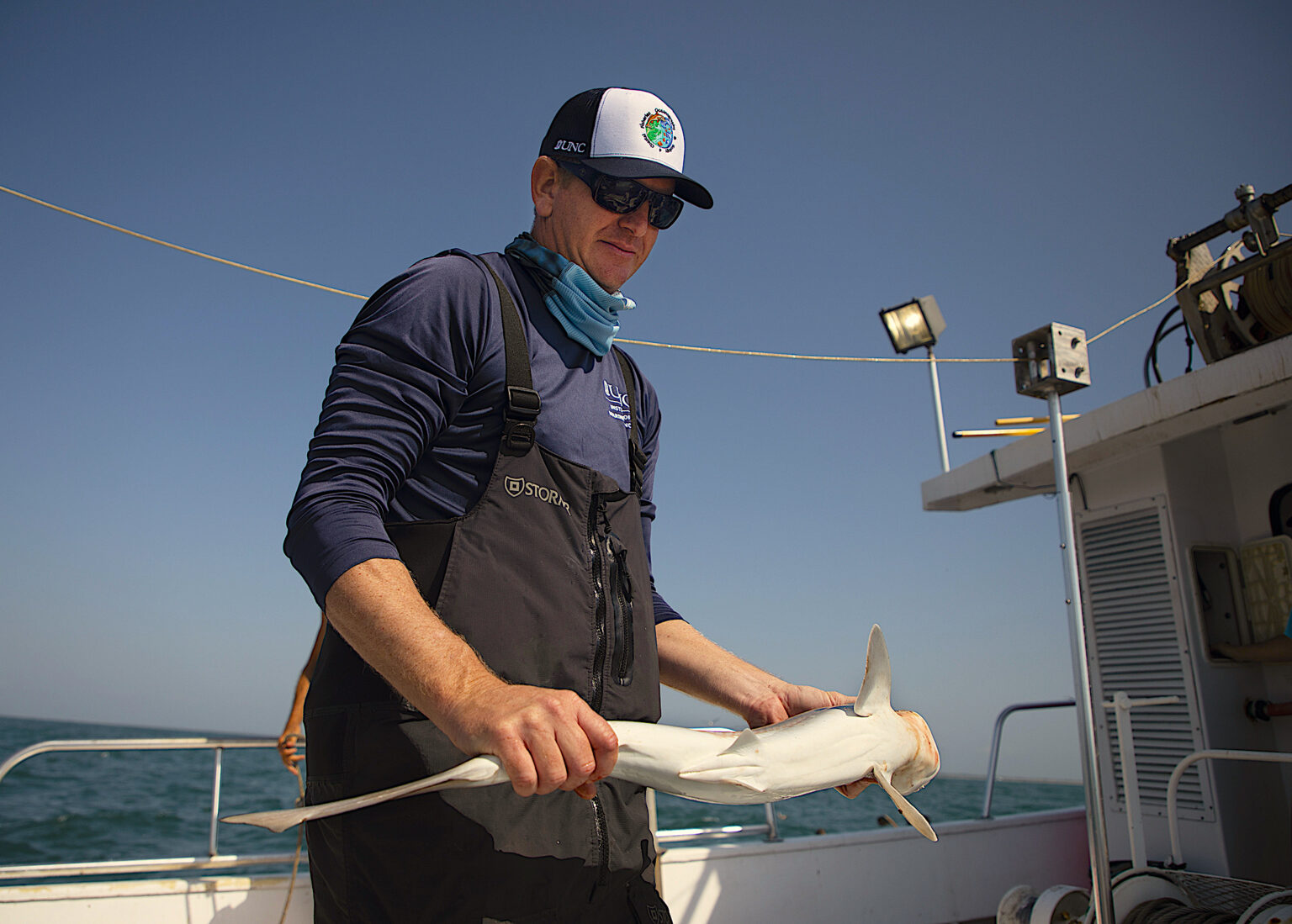
NC MARINE FISHERIES FELLOWS: Where Are They Now?
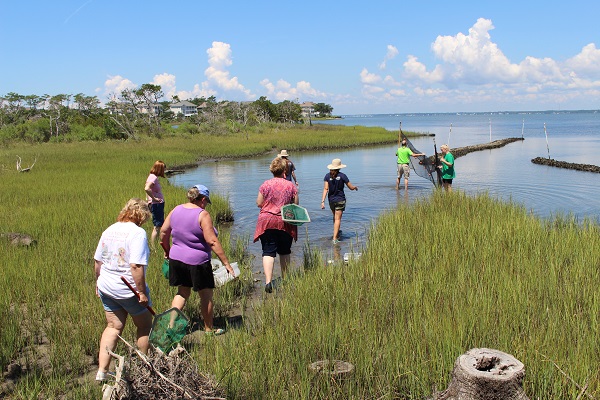
ON THE WATER: Celebrating Estuary Science: APNEP Marks 30 Years of Research, Partners
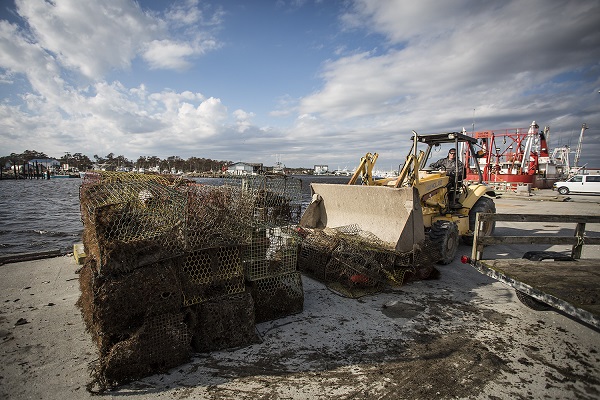
ON THE WATER: Crab Pots Collected from Coastal Waters
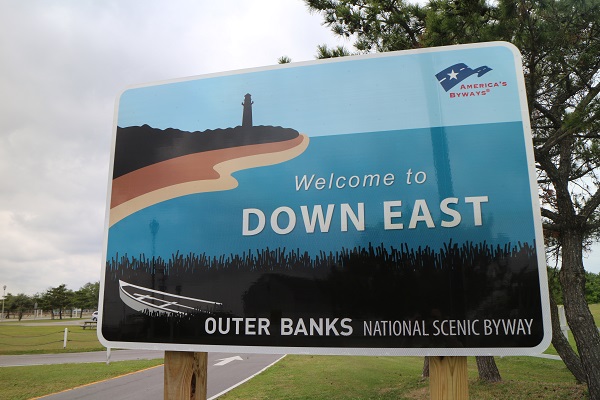
PEOPLE AND PLACES: Discovering Down East on the Outer Banks National Scenic Byway
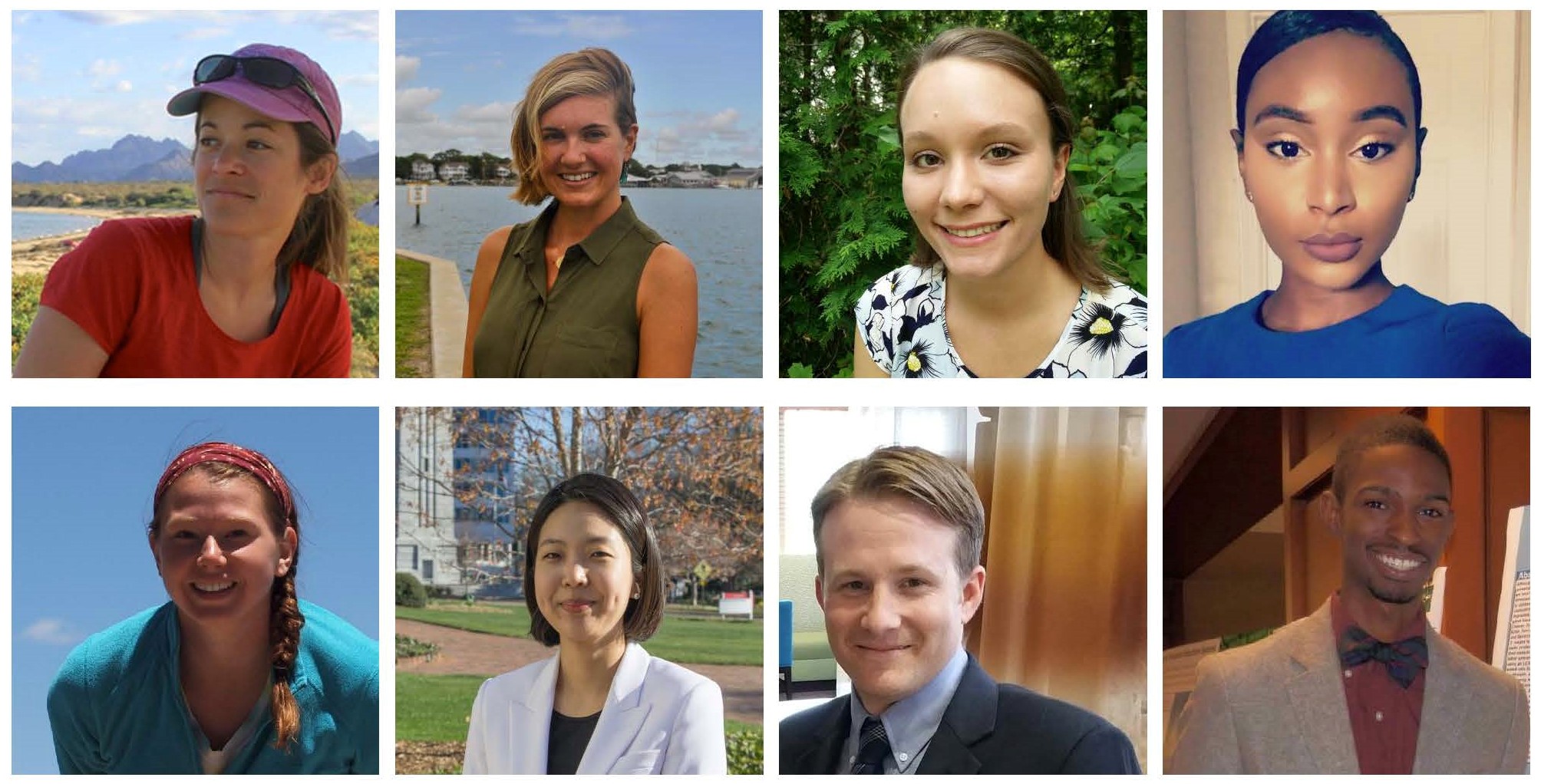
PEOPLE AND PLACES: Fellowships Focus on Policy, Water
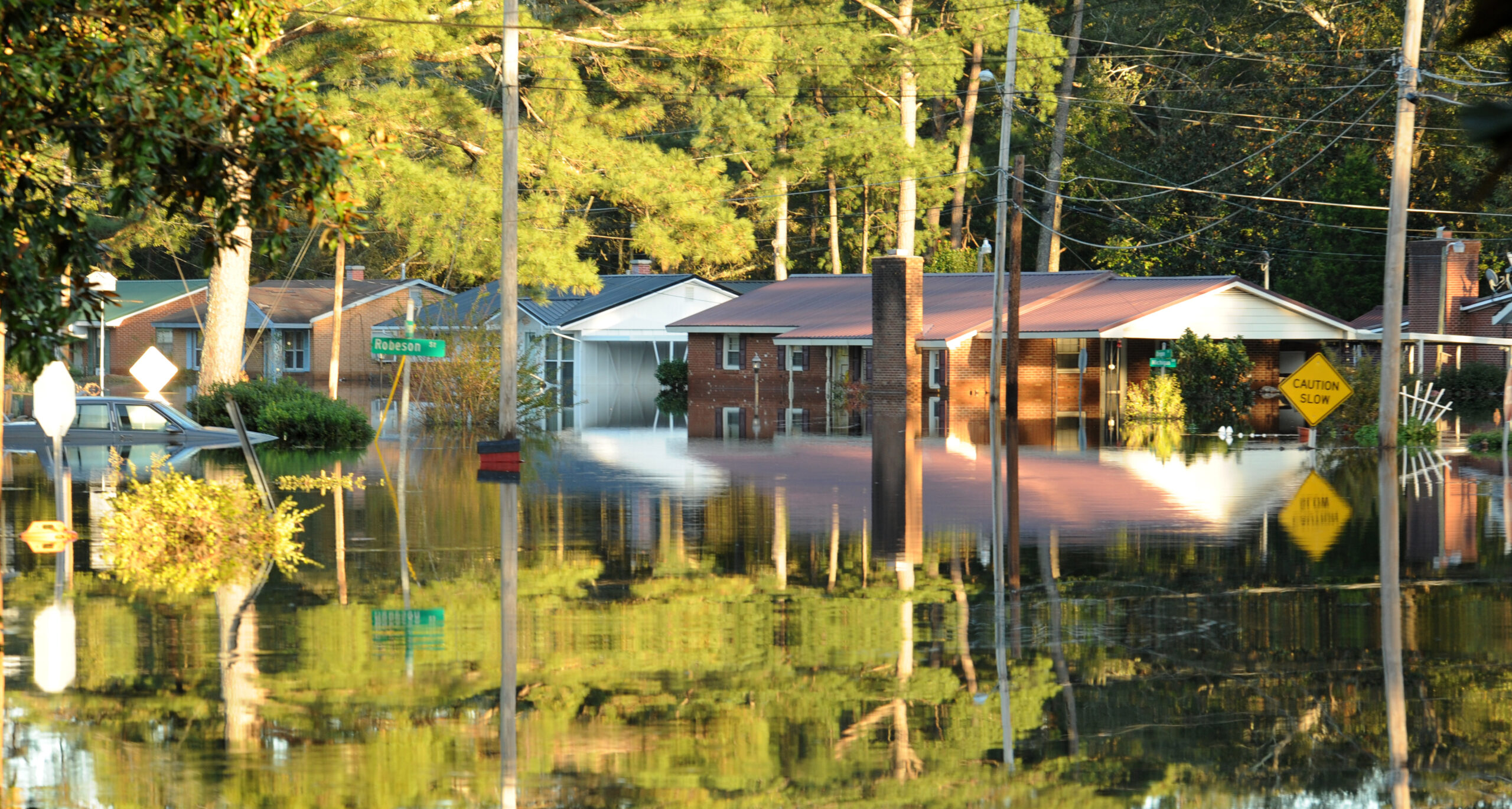
Preserving Cultural Treasures
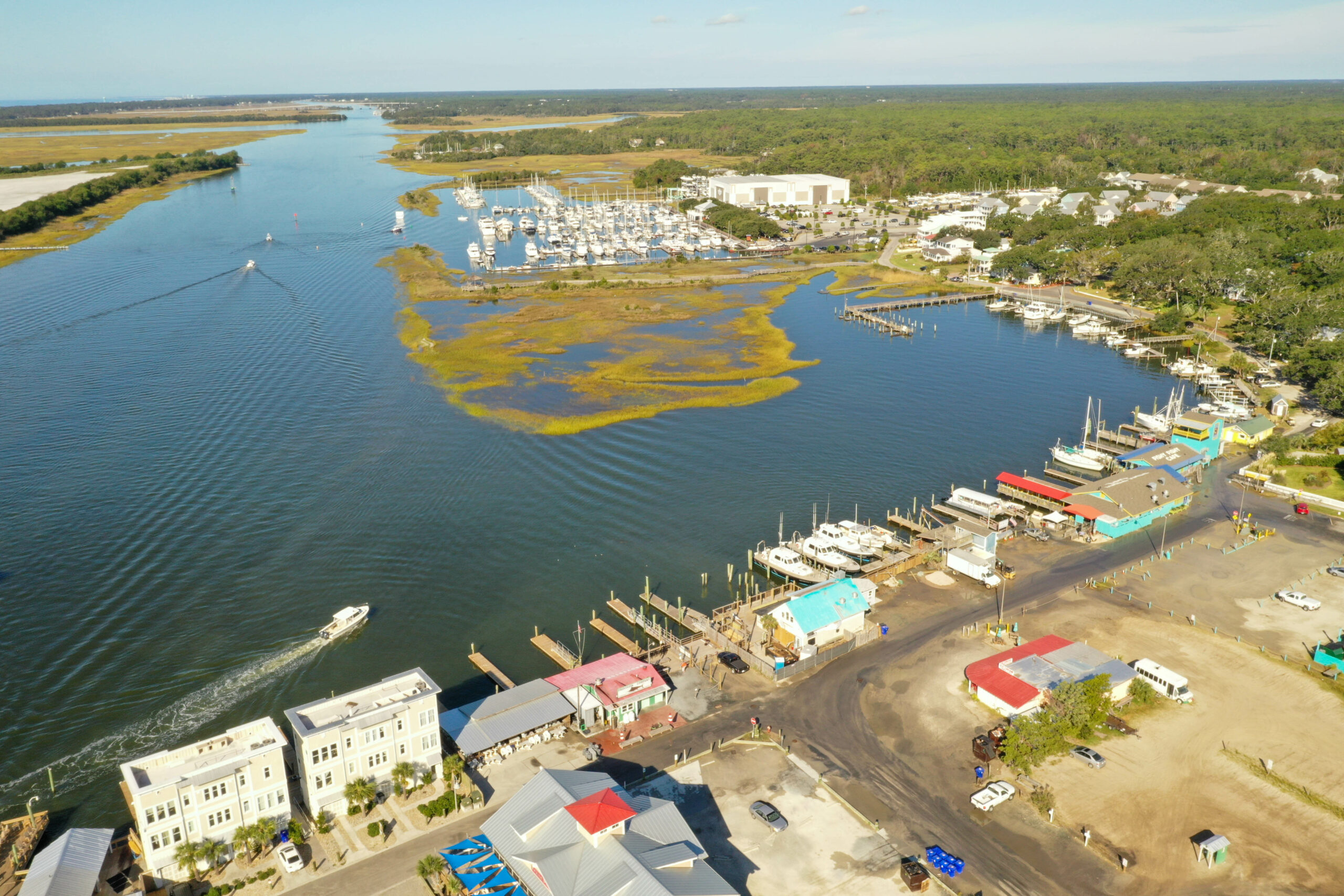
PROJECT SNAPSHOTS: Peek Into Coastal North Carolina Research
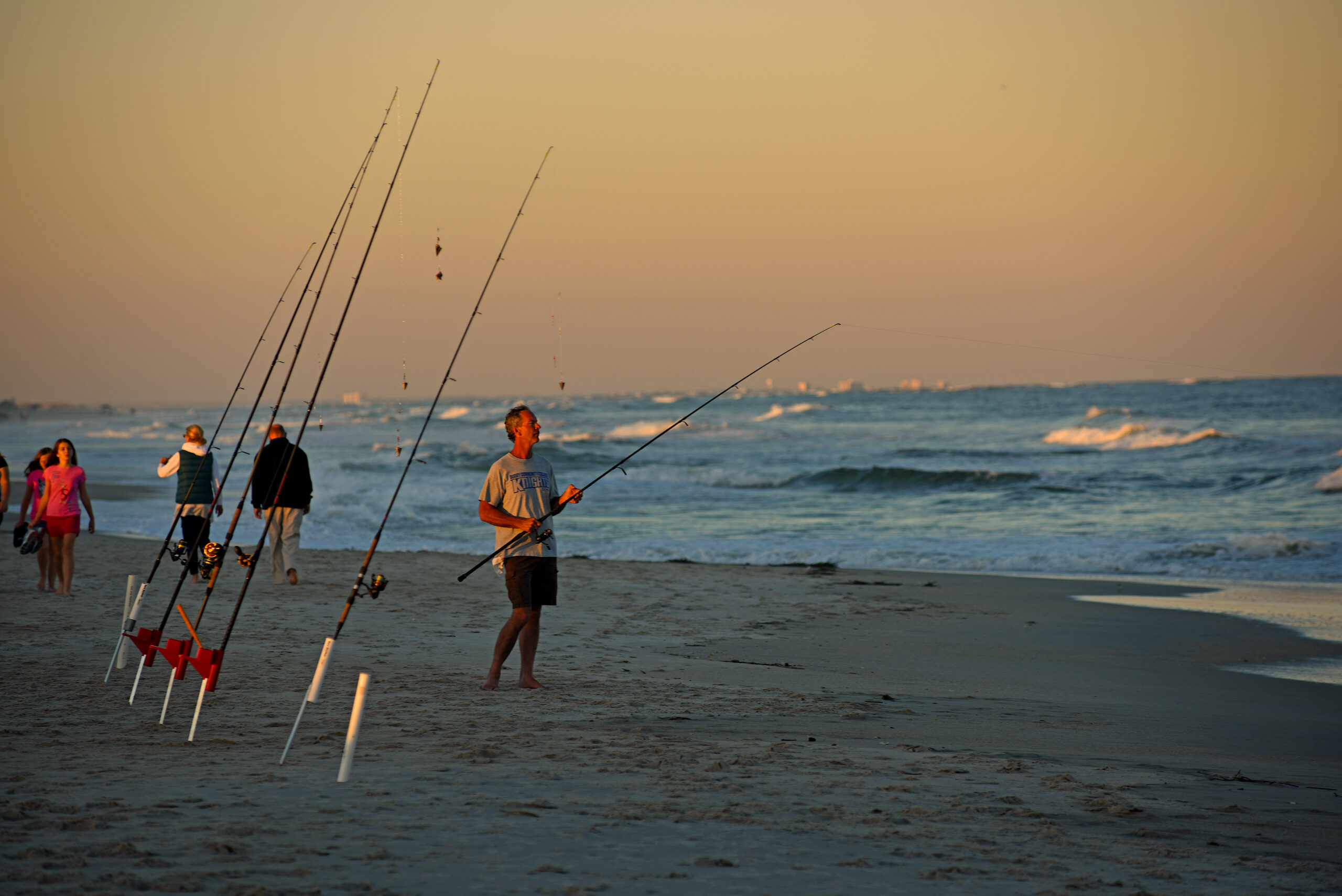
REELING IN HISTORY: DOCUMENTING THE 1997 FISHERIES REFORM ACT
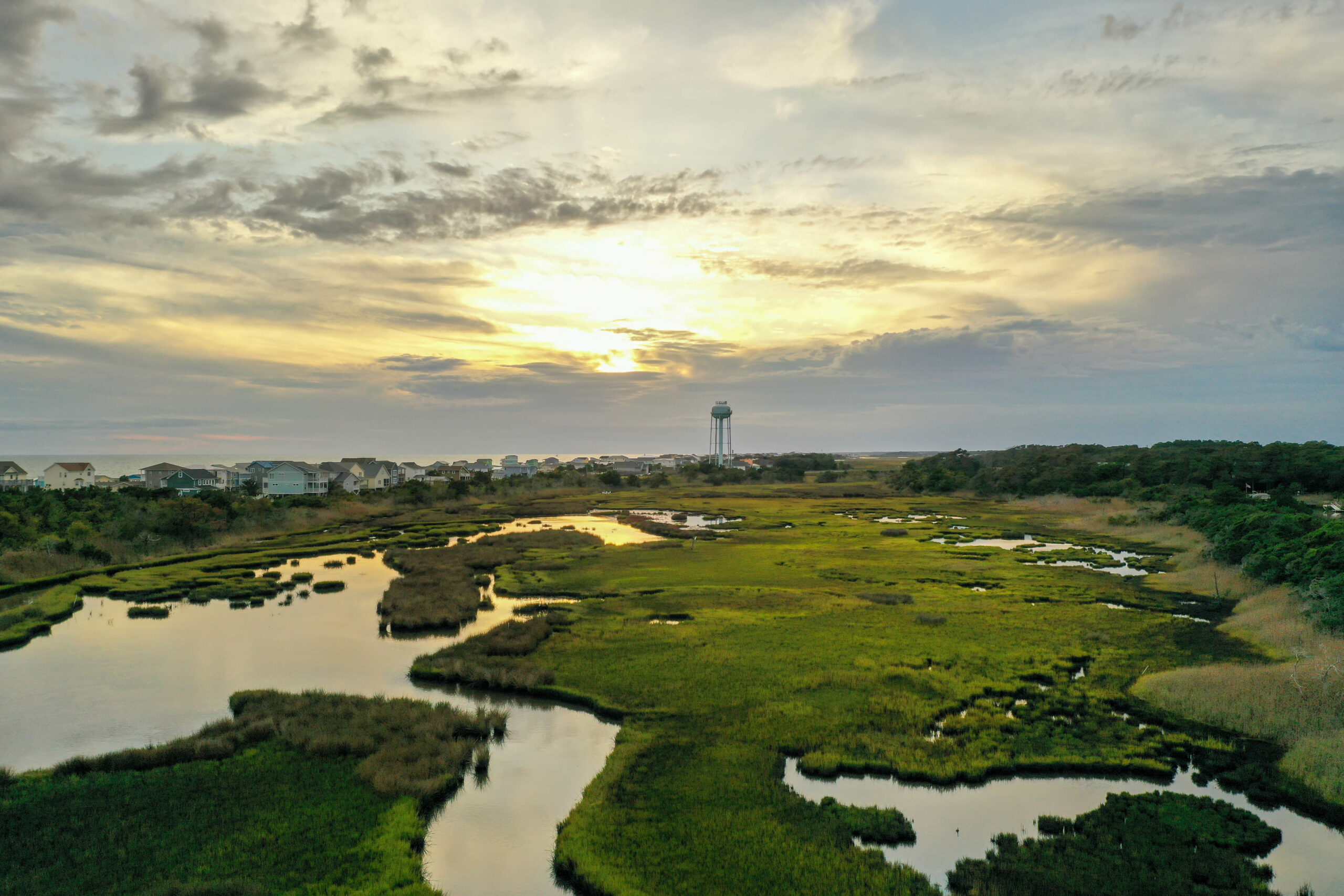
SCIENCE AT WORK: BUILDING STRONGER COASTAL COMMUNITIES
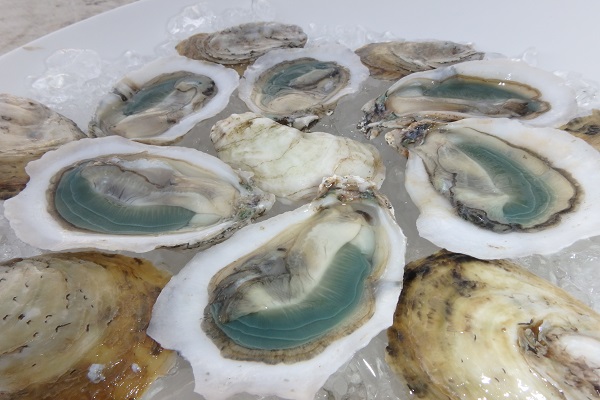
SEA SCIENCE: Growing Better Bivalves: Science, Local Knowledge Enhance N.C. Business
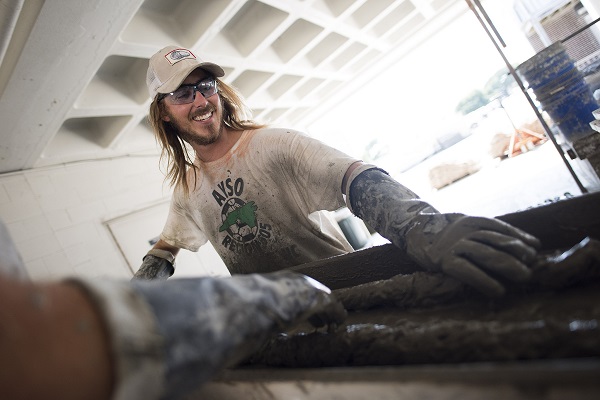
SEA SCIENCE: Restoring Our Oysters: Dealing with the Sponge Problem
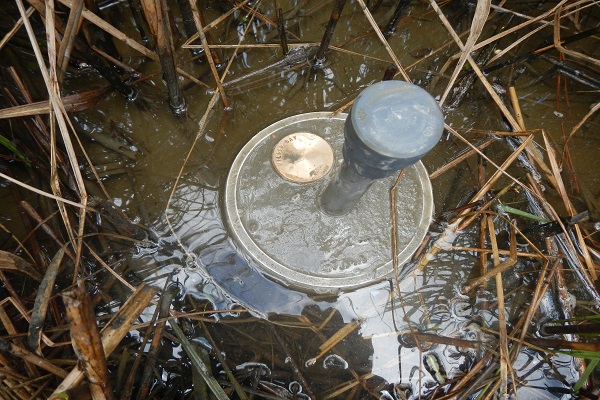
SEA SCIENCE: Teaming Up with Nature to Restore Wilson Bay
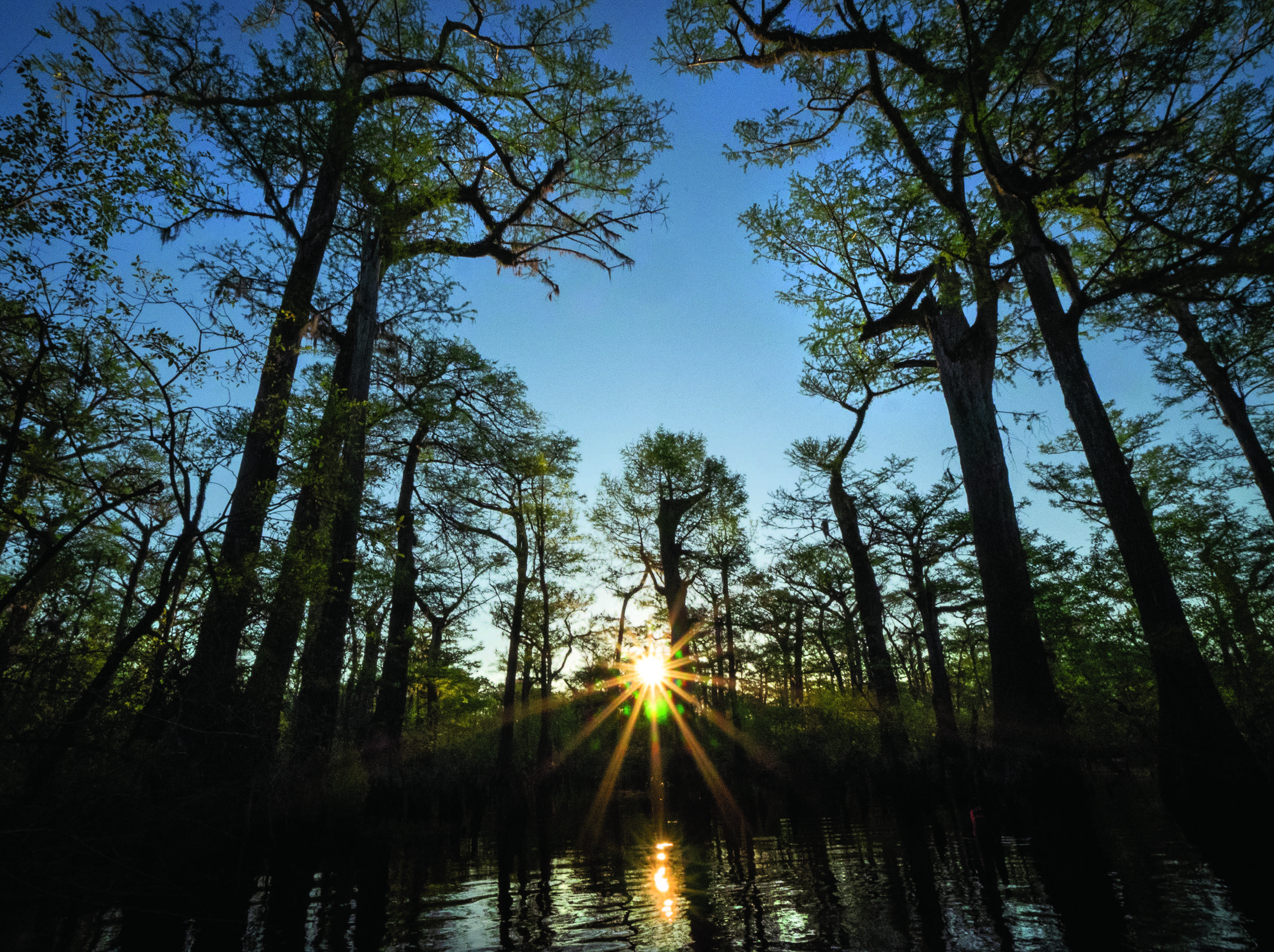
SEASONAL DREAMS AND DELIGHTS
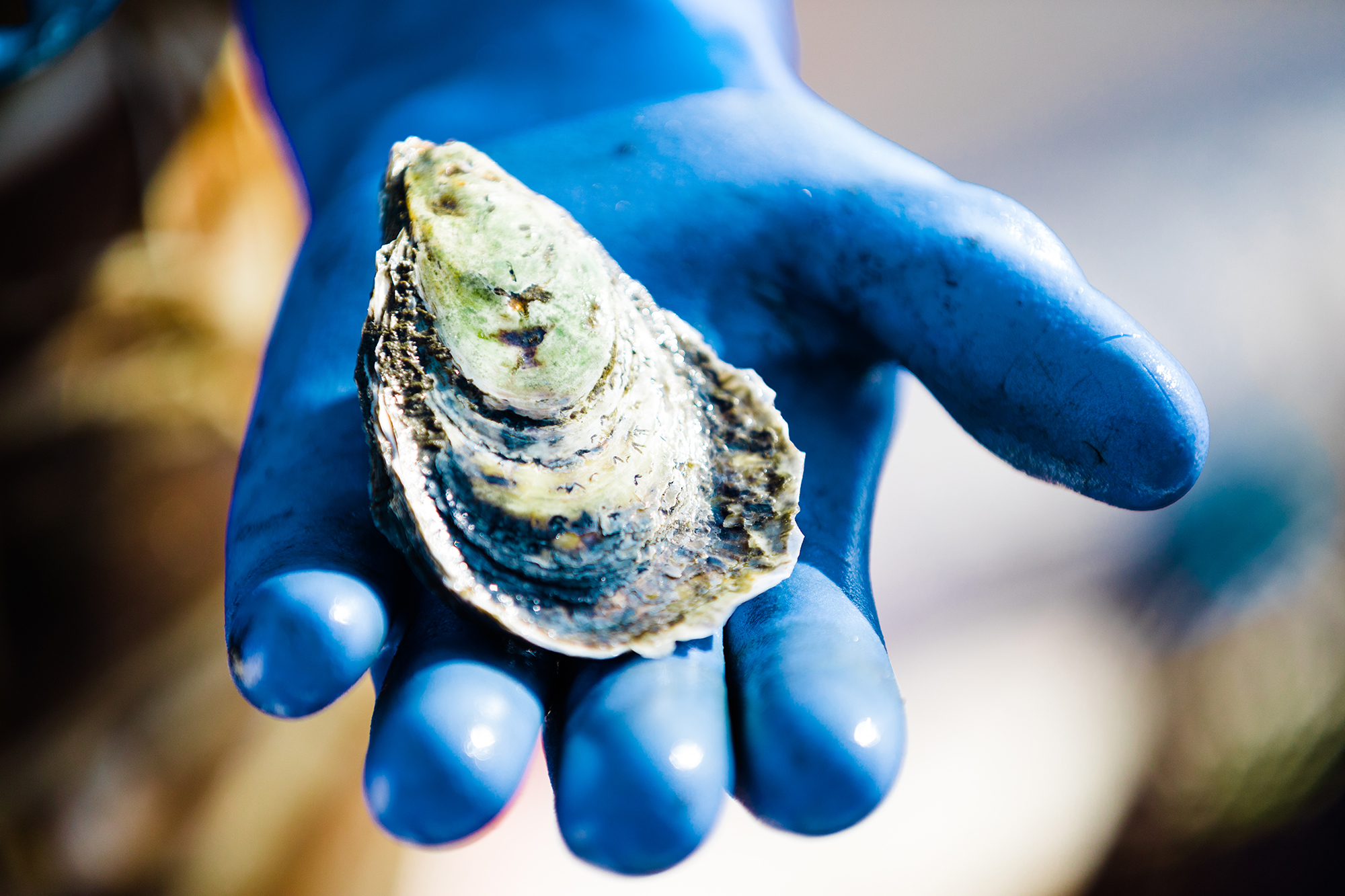
SPREADING THE WORD ABOUT SOUTHERN OYSTERS
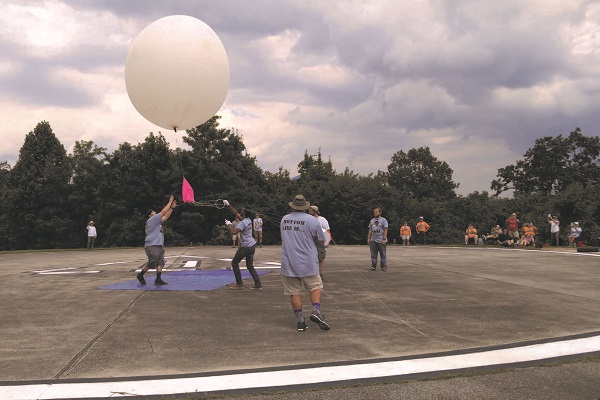
SUN GAZING
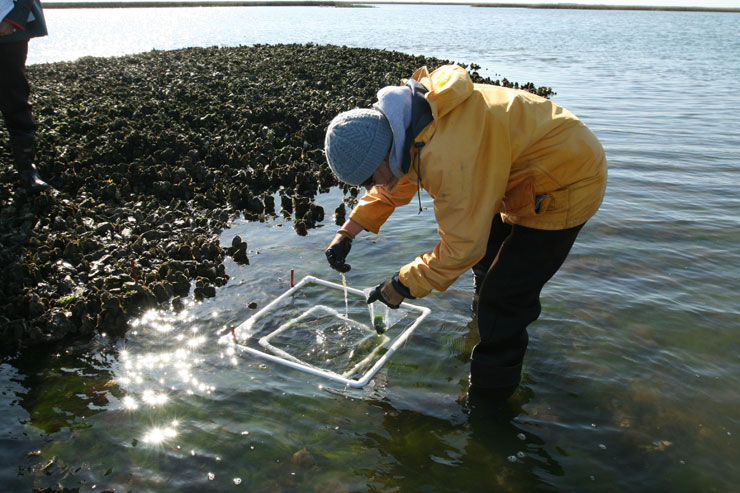
TOXIC MARINE SNOW
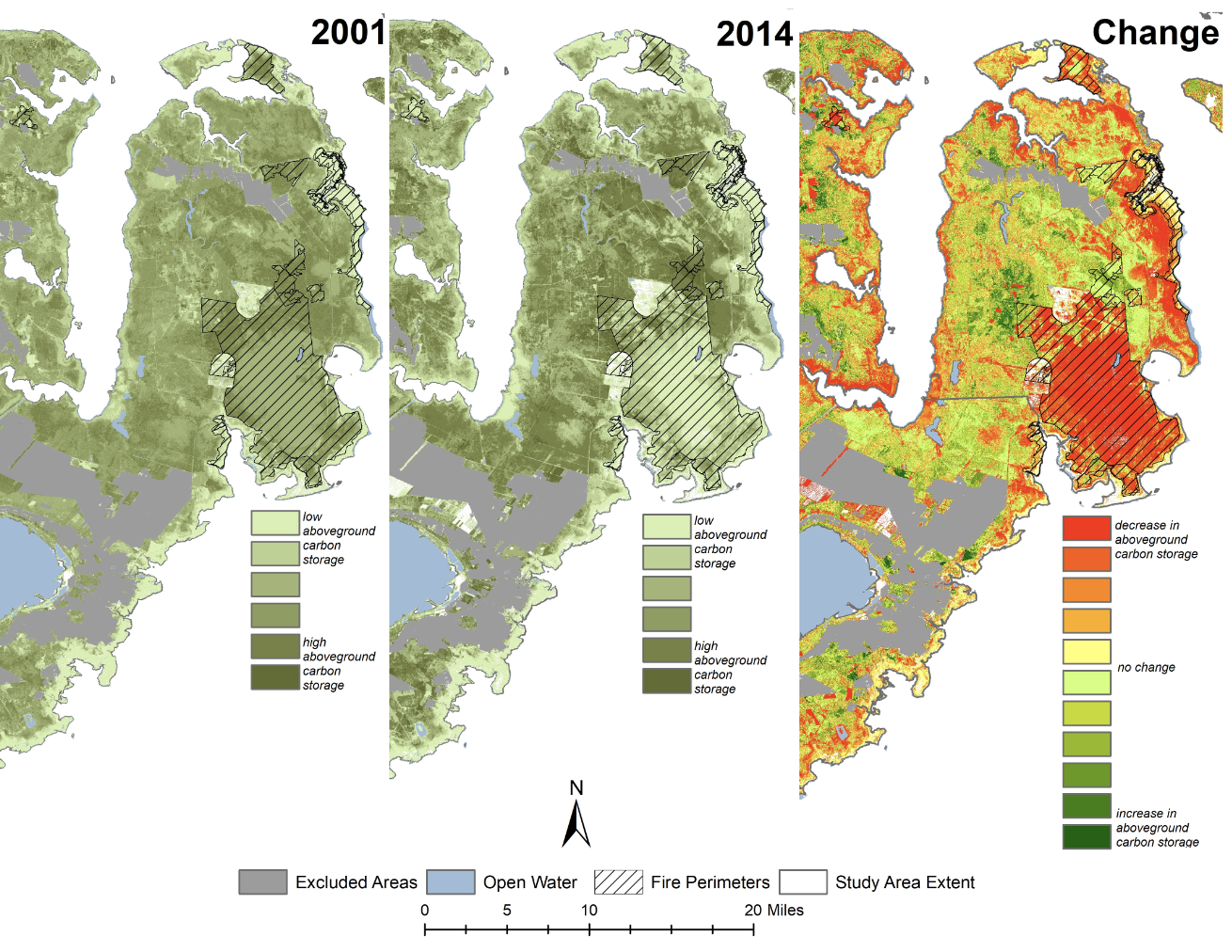
Unraveling Mysteries of Ghost Forests
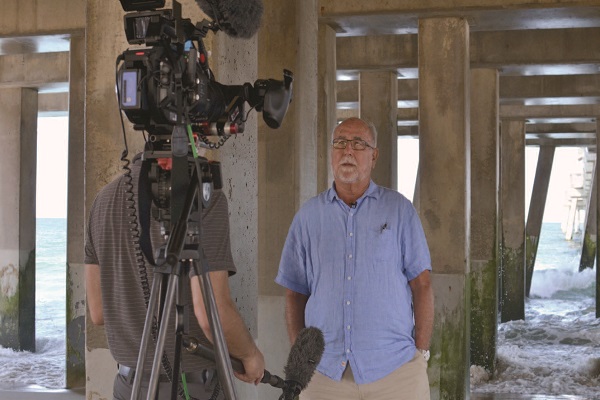
WATCHING AND LEARNING ABOUT NORTH CAROLINA SEA GRANT
